Shopify vs Ecwid: Ultimate Comparison Of The 2 Dropship Titans
I'm looking for...
Which one is better for dropshipping, Shopify vs Ecwid? Yeah, two popular choices that often come up in the debate are Shopify and Ecwid. But how do they compare and which one should you choose?
Well, both have their pros and cons and ultimately, it depends on your specific needs and goals.
In this article, I will provide an ultimate comparison of Shopify vs Ecwid, giving you the insights you need to make an informed decision for your dropshipping business.
Let’s find out!
Create Your Online Store in just 5 Minutes – For Free
Pick your niche, our AI builds your store, add 10 winning products and we teach you how start selling today. Start picking your niche
What Is Ecwid?
Ecwid is an e-commerce platform that allows you to create and manage online stores. It works by providing integration with existing websites, social media pages, and mobile apps.
This way, you can sell products or services online without the need for extensive technical knowledge or coding.
Overall, Ecwid simplifies the process of creating and managing an online store, making it accessible to businesses of all sizes.
Founded in 2009, Ecwid has managed to generate over $11M in Revenue with 200K customers in 2025.
What Is Shopify?
Shopify is without a doubt the most popular e-commerce website builder online. From the day it was founded until now, Shopify has powered nearly 1 million online stores with more than $100 billion of vendor revenue.
In fact, most of the online e-commerce stores you see are powered by Shopify. For instance, check out these 13 Most Successful Shopify Dropshipping Store Examples.
It provides a variety of tools and features to help you build, customize, and promote your online store, as well as manage inventory, process payments, and track orders.

Now, let’s see the difference between Shopify vs Ecwid.

What’s The Difference Between Ecwid And Shopify?
Shopify and Ecwid are both popular e-commerce platforms that allow dropshippers to create and manage online stores. While they serve similar purposes, there are some key differences between the two.
The first main difference is that Ecwid acts as a plugin to design e-commerce stores on sites that already exist. Shopify instead has software that allows you to do this on your own.


Ecwid allows you to add an online store to its website without the need for complex coding or website migration.
In terms of features, Shopify offers a broader range of built-in tools and functionalities. Ecwid, on the other hand, offers a more basic set of features but allows for easy integration with other platforms and services.
Overall, Shopify is best suited for businesses that want a comprehensive and customizable e-commerce platform, while Ecwid is a great option for firms that want to add e-commerce functionality to their existing website or social media platforms without the need for complex integration.
Other key points:
-
- Shopify allows its own payment aggregator in order to deliver payment gateway services, while Ecwid doesn’t.
-
- Ecwid offers you out-of-the-box functionality, while Shopify will ask you to download it from its free digital downloads app.
- Shopify offers out-of-the-box POS software, but Ecwid doesn’t.
Detailed Comparison: Ecwid vs Shopify
 Shopify vs Ecwid Pricing
Shopify vs Ecwid Pricing
| Shopify | Ecwid |
| Free 14-day trial | Free plan: 10 products, 2 product categories, website integrations, one-page website. |
| Basic Shopify ($32/month): 2 staff accounts, manual order creation, discount codes, free SSL certificate, abandoned cart recovery, gift cards, and up to 4 inventory locations. | Venture plan ($19 per month): 100 products, mobile inventory, management apps, and social media integration. |
| Shopify ($92/month): 5 staff accounts, up to 5 inventory locations, standard reports, up to nearly 90% shipping discount, international domains, international pricing. | Business plan ($39 per month): 2500 products, marketplace integration, 2 staff accounts, abandoned cart recovery. |
| Advanced Shopify ($399/month): 15 staff accounts, 8 inventory locations, advanced reports, third-party calculated shipping rates, international pricing (per variant pricing). | Unlimited Plan ($99 per month): unlimited products, additional POS options, unlimited staff accounts. |
| Shopify Plus ($2,300): complete customization, high volume of traffic, merchant success program. |
 Shopify Pricing
Shopify Pricing
Shopify offers four main pricing plans and a 3-day free trial. However, it also offers two other pricing plans, like the $1/month for one month, and the Shopify Plus, which is $2,300/month. Now, I will discuss the three main Shopify plans.

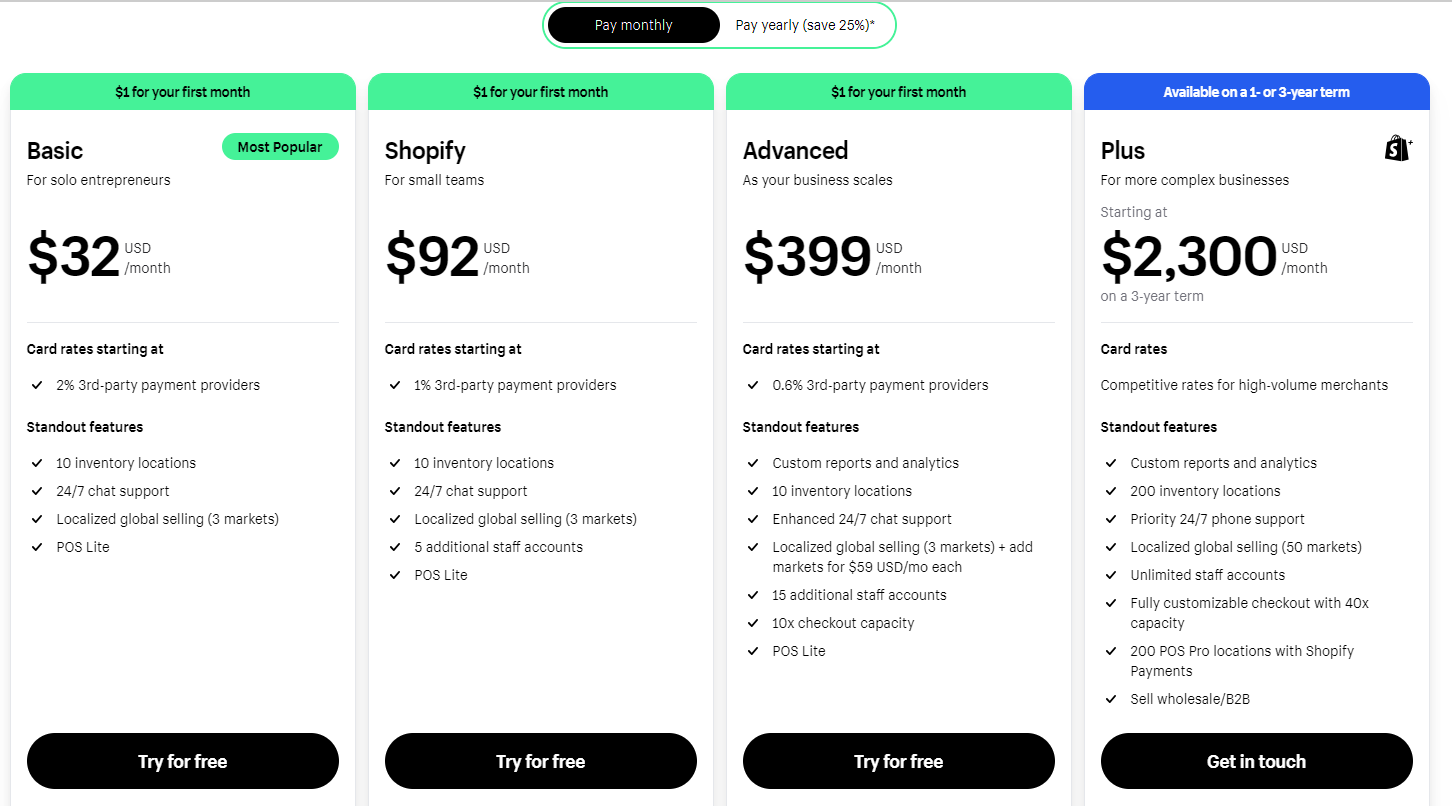
 Want to learn about Shopify Pricing in detail? Check out my review about Shopify Pricing Plans: What’s The Cost Of Dropshipping With Shopify?
Want to learn about Shopify Pricing in detail? Check out my review about Shopify Pricing Plans: What’s The Cost Of Dropshipping With Shopify?
 Shopify Basic Plan – $32 per month
Shopify Basic Plan – $32 per month
This plan offers a range of features, including the creation of an online store, customization of your website, and the addition of a shopping cart. Plus, it offers up to 10 inventory locations.
Additionally, this plan enables you to expand your sales to various social media platforms like Instagram and Pinterest, as well as popular marketplaces such as Amazon, eBay, and Google Shopping.
Furthermore, it includes functionalities for recovering abandoned carts, conducting fraud analysis, and receiving 24/7 support. The plan also allows for the inclusion of 1 staff account and the acceptance of credit card payments through Shopify’s own payment gateway or a third-party gateway. Moreover, it includes 1 public hydrogen storefront.
I suggest this pricing plan from Shopify for small to medium-sized businesses seeking more advanced features compared to the Shopify Lite plan.
 Shopify Regular Plan – $92/month
Shopify Regular Plan – $92/month
This Shopify pricing plan contains all the features provided in the Basic Shopify plan. Additionally, it offers extra functionalities that are better suited for businesses with a larger volume of sales. These additional features include the ability to establish up to five staff accounts, advanced report creation capabilities, and real-time carrier shipping options.
Furthermore, this plan also incorporates a feature called “gift cards,” which enables customers to purchase gift cards specifically for your store.
Moreover, it grants access to the “Professional Reports” feature, which provides comprehensive insights into your sales, inventory, and customer data. Not only that, but the Shopify Regular plan also includes eCommerce automation, allowing you to automate manual tasks, construct workflows, and expand your dropshipping business.
I highly recommend this Shopify pricing plan for businesses that experience a higher volume of sales and possess more advanced requirements in terms of inventory management and shipping.
 Shopify Advanced Plan -$399/month
Shopify Advanced Plan -$399/month
This Shopify package contains all the attributes of the Basic and Regular plans, along with extra advanced functionalities.
Some of the additional features comprise the capability to establish up to 15 staff accounts, advanced report generation, and real-time carrier shipping, duties, and import taxes.
In fact, this plan also grants access to the “Advanced Shopify” feature, which enables the computation and documentation of shipping rates, taxes, and discounts.
I highly recommend this Shopify pricing plan for businesses that generate a significant volume of sales, as well as those with more complex demands pertaining to inventory management, shipping, reporting, and the calculation of shipping rates, taxes, and discounts.
 Shopify Plus Plan – $2,300/month
Shopify Plus Plan – $2,300/month
Shopify Plus is designed for enterprise-level operations, with pricing beginning at $2,300 monthly. This advanced plan includes everything offered in the standard Shopify plan, plus features aimed at accommodating large-scale merchants. Highlights of Shopify Plus include:
- Limitless accounts for team members
- Enhanced priority support
- Sophisticated analytics and reporting tools
- Customizable checkout applications
- Robust handling capabilities for extensive orders and customer interactions
- Capability to manage up to 200 inventory locations
Additionally, the cost of Shopify Plus is variable, tailored according to each merchant’s monthly sales volume, allowing for flexibility based on business needs. Transaction fees are notably low at 0.2%.
 Ecwid Pricing
Ecwid Pricing
Ecwid offers four pricing plans, let’s discuss them in detail.

You can create a storefront with up to 10 items and add it to multiple websites like WordPress and Wix. However, you won’t have access to Facebook and Instagram selling platforms.
I appreciate that it’s always free, unlike Shopify’s three-day trial, because it takes time to fully understand the service’s benefits.
In my opinion, this plan is a good option for sellers with a small inventory.

This plan gives you access to Facebook and Instagram selling platforms, along with 100 products, inventory management, SEO tools, and automated tax calculations.
It’s ideal for hobbyists and makers who have online retail as a side business. If you want to sell items online for less than $20 per month, the Venture plan is perfect.

With this plan, you can have up to 2,500 products in your inventory and access tools for running a high-level online retail operation. Also, it includes eBay integration, wholesale pricing, and automated abandoned cart recovery.
However, compared to Shopify’s Basic Shopify plan, the Ecwid Business plan offers similar features but doesn’t allow unlimited products or provide perks like staff accounts and POS integration.

This plan includes all features available in Ecwid. So, you have the ability to sell unlimited items, access tools from the previous plans, and enjoy additional perks for Ecwid’s best clients.
The most notable feature is the branded mobile app version of your store, which helps retain loyal customers and attract new ones. What’s more, you will get unlimited staff accounts, prioritized customer support, Square POS, and more.
Also, with Ecwid, you have the option to pay yearly and save up to 25%. Check this out.
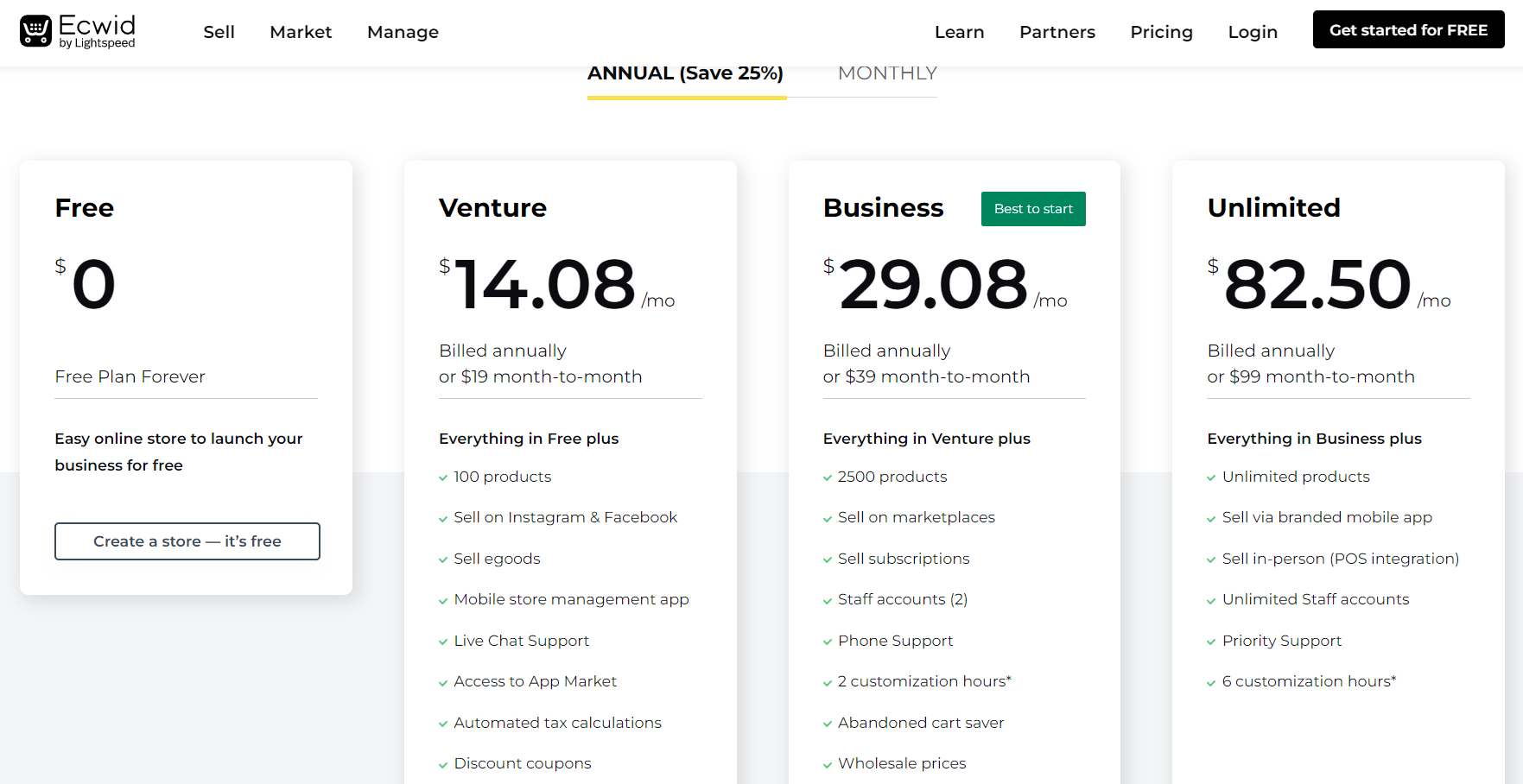
 Shopify vs Ecwid: Ease of Use
Shopify vs Ecwid: Ease of Use
 Shopify Ease of Use
Shopify Ease of Use
Shopify is widely known for its ease of use, making it a popular choice for both beginners and experienced users.
Hence, it has a user-friendly and intuitive interface that allows you to easily navigate and manage your online store. The dashboard provides a clear and organized layout, making it simple to access various features and settings.
Plus, setting up an online store on Shopify is relatively quick and simple. The platform offers a step-by-step guide that walks users through the process of creating their store, adding products, and customizing the design.
Not just that, but you have a wide range of pre-designed themes. And, with their drag-and-drop editor, you can easily customize it to match a brand’s unique style.

 Ecwid Ease of Use
Ecwid Ease of Use
Ecwid is known for its ease of use, making it a popular choice for businesses of all sizes. It offers a simple setup process, allowing you to create an online store quickly.
Plus, when setting up your store on Ecwid, the plugin insists you follow the wizard’s instructions to set up your online store.
Moreover, Ecwid’s user interface is designed to be user-friendly and easy to navigate. The dashboard provides a clear overview of the store’s performance, sales, and inventory, allowing users to manage their online business efficiently.
Plus, their store builder features a drag-and-drop design, enabling you to customize your store’s appearance without any coding knowledge. So, you can easily add or remove product images, adjust the layout, and customize colors and fonts to match their brand
 Shopify Vs Ecwid: Point of sale (POS)
Shopify Vs Ecwid: Point of sale (POS)
Shopify POS is available as a mobile app that can be downloaded on iOS and Android devices. So, you can simply turn your smartphones or tablets into fully functional point-of-sale systems, eliminating the need for expensive hardware.
And, Shopify unlocks this feature in every paid plan they have, giving you full access to its POS features.

On the other hand, Ecwidoffers point-of-sale features on its $99 unlimited plan, although its features are more limited than what Shopify offers you.
By utilizing Ecwid, you can access top-notch point-of-sale features through various external services, such as Clover, Square, Alice, and Vend.
 Shopify vs Ecwid: Inventory Management
Shopify vs Ecwid: Inventory Management
Overall, both Shopify and Ecwid offer robust inventory management features, including centralized inventory management, real-time updates, product variants, and backorder management.
However, Shopify may have a slight advantage in terms of barcode scanning capabilities and a more extensive range of integrations with shipping providers. Now, let’s discuss them in detail.
 Shopify Inventory Management
Shopify Inventory Management
Shopify provides a centralized inventory management system, allowing you to manage your inventory across multiple sales channels, including online stores, marketplaces, and brick-and-mortar locations.
Plus, it automatically updates inventory levels in real-time, ensuring accurate stock information is displayed to customers and preventing overselling.
Also, you can create and manage product variants, manage backorders, track inventory levels, set low-stock alerts, and generate inventory reports. What’s more, Shopify supports barcode scanning, making it easier to manage inventory by quickly scanning products and updating stock levels.
Moreover, Shopify integrates with various shipping providers, allowing businesses to manage their shipping and fulfillment processes seamlessly from within the platform.
 Ecwid Inventory Management
Ecwid Inventory Management
Ecwid enables you to synchronize your inventory across multiple sales channels, including websites, social media platforms, and marketplaces, ensuring consistent stock levels and preventing overselling.
Also, it allows you to create and manage product options, track inventory, set low stock alerts, generate inventory reports, and backorder management. Also, you have various shipping providers to choose from.
However, Ecwid does not have built-in barcode scanning capabilities, but it can integrate with external barcode scanning systems for more efficient inventory management
 Shopify vs Ecwid: Customer Service
Shopify vs Ecwid: Customer Service
Both platforms offer excellent customer service. Customers have access to live chat, 24/7 support, phone and email communication.
However, Shopify provides full access to its support on every paid plan, while Ecwid doesn’t. The amount of support Ecwid will offer depends on which plan you are subscribed to:
-
- Free plan: support only through email
-
- Venture plan: live chat and email
-
- Business plan: live chat, phone, and email.
- Unlimited plan: live chat, email, and priority phone support.
What’s more, Shopify customer support is available 24/7. On the other hand, Ecwid provides customer support from Monday to Friday.
 Ecwid vs Shopify – Sales Channels
Ecwid vs Shopify – Sales Channels
Both platforms allow selling on multiple channels. Hence, both platforms facilitate sales on various social media platforms such as Facebook, Instagram, Pinterest, and TikTok, as well as popular online marketplaces like Amazon, Etsy, and eBay. Plus, Shopify also supports dropshipping.

Furthermore, they both support in-person sales through mobile and retail point-of-sale systems.
In addition, Shopify offers a buy button feature that enables online shopping directly on social media platforms, eliminating the need to visit the website.
On the other hand, Ecwid allows you to showcase your store on one or more blogs and websites.
Shopify only allows you to use the buy button once you are part of their most basic paid plan, the Lite plan ($5/month).
Similarly, Ecwid offers free integrations with your online store, however, you must be part of their venture plan for selling on social media platforms, and business plan in order to sell on Amazon and eBay.
 Ecwid vs Shopify – Payment Gateways & Transaction Fees
Ecwid vs Shopify – Payment Gateways & Transaction Fees
 Shopify Payment Gateways & Transaction Fees
Shopify Payment Gateways & Transaction Fees
Shopify seamlessly integrates with a wide array of payment gateways, or more than 100 options. This enables you to effortlessly process payments from your valued customers.

Also, here are the transaction fees you may encounter while using Shopify
- Basic Shopify Plan – transaction fee of 2.9% + 30¢ per transaction. Furthermore, there is an extra 2% cost for each transaction if you use a different payment gateway than Shopify Payments.
- Regular Shopify Plan -transaction fee of 2.4% + 30¢ per transaction. But, there is an extra 1% transaction fee if you use a payment gateway other than Shopify Payments.
- Advanced Shopify – a transaction fee of 2.4% + 30¢ per transaction. Also, the per-transaction cost is 0.5% while using a provider other than Shopify Payments.
- Shopify Plus Plan– lower transaction fee of 0.25% per transaction.
 Ecwid Payment Gateways & Transaction Fees
Ecwid Payment Gateways & Transaction Fees
Ecwid offers around 70 payment gateways to choose from. However, unlike Shopify, Ecwid does not have integrated payment processing.
Also, the transaction fees depend on which payment provider you choose. For example, for Stripe and Square, you will have to pay 2.9% + 30¢ per transaction. On the other hand, for PayPal, there’s no transaction fee.

 Ecwid vs Shopify: Customizable Options & Design
Ecwid vs Shopify: Customizable Options & Design
 Shopify Customization & Design
Shopify Customization & Design
I love Shopify! In fact, it is my no.1 website builder. Therefore, since I personally am using it, I will give you details about its customization and design options.
First thing first, you need to choose a Shopify theme from their themes section. Hence, I must say that I am impressed. They offer over 146 free and paid templates. Moreover, their 11 free themes are also a great offer!
Your theme provides you with the flexibility to modify, add, rearrange, or temporarily hide sections and blocks. This grants you complete control over the essential features of your dropshipping store. Moreover, the Shopify drag-and-drop editor simplifies the entire process.
Also, to personalize the appearance and ambiance of your Shopify store, you can change the typography and colors. So, simply select the “Theme Settings” section from the menu on the left sidebar, represented by a brush graphic.
Additionally, you have the freedom to incorporate numerous landing pages to your liking. Also, you can make image sliders, featured images, customize your footer, and more.

 Ecwid Customization & Design
Ecwid Customization & Design
Ecwid offers pre-designed store templates, but it seamlessly integrates with your existing website. This is a great feature to ensure a consistent brand identity throughout your site. For instance, your store’s color scheme will automatically match the colors of your website in any sales channel.
Furthermore, this app provides limited customization options, including the ability to adjust the size of product images, modify the layout of your products and their descriptions, and edit the navigation and color palette.
Also, you have the flexibility to customize the overall design of your store, including the layout, navigation menus, and placement of various elements such as banners, promotional sections, and featured products.
However, if you need more professional customization, you need to use CSS to edit your themes. CSS allows you to create your own unique theme, but this requires a level of comfort and proficiency in coding.
 Shopify vs Ecwid: Apps & Integrations
Shopify vs Ecwid: Apps & Integrations
 Shopify Apps & Integrations
Shopify Apps & Integrations
Shopify offers around 4000 eCommerce applications that can improve and expand various aspects of your business, from inventory management to marketing and customer support. It has it all!
Consequently, you have the ability to conveniently access the Shopify app store directly from your dashboard.
Alternatively, you can effortlessly navigate to the Shopify app store and explore the various applications that align with your specific needs.

 Ecwid Apps & Integrations
Ecwid Apps & Integrations
Ecwid offers an App Market that provides additional tools for enhancing your online store. So, you can integrate with apps about store design, marketing, dropshipping, customer support, analytics, accounting, and many more.
What’s more, if you want to explore the Ecwid App Market, you have the option to browse through categories or filter by price.
 Ecwid vs Shopify: SEO Features
Ecwid vs Shopify: SEO Features
 Shopify SEO
Shopify SEO
Without a doubt, Shopify dominates when it comes to SEO tools and advanced features. Meta descriptions, titles, headings, and much more are fairly simple and easy to manage compared to other platforms. Plus, you can even improve your SEO on product pages.
Hence, Shopify provides a wide selection of SEO tools, or around 596 applications tailored for this objective.
What’s more, it offers strong integrations with Google Analytics, which makes it easier to track and analyze your website traffic and optimize your SEO accordingly.
 Ecwid SEO
Ecwid SEO
Furthermore, Ecwid isn’t as suitable for standard SEO for dropshipping. All online stores launched by Ecwid are considered JS scripts due to the AJAX used.
This doesn’t meet standard SEO settings, even though Ecwid has a promotion setting, it still only includes partner-related features like the Facebook app, etc.
So, the most effective method to enhance Ecwid SEO is to integrate the Ecwid store into a WordPress, Wix, or Squarespace website that is optimized for search engine optimization.

 Shopify vs Ecwid: Product Import
Shopify vs Ecwid: Product Import
 Product Limits
Product Limits
The win for the number of products you can hold on your online store will definitely go to Shopify. Regardless of the plan, you are subscribed to, you can uphold an unlimited number of products.
However, with Ecwid, it is a whole different story. The free plan allows only 5 products, while the Venture plan permits 100 products, and the Business plan allows up to 2,500 products.
However, if you opt for the Unlimited plan, you will have the freedom to upload an unlimited number of products without any limitations.
 Product Categories
Product Categories
Shopify allows you to create “smart” categories (automated collections). This can be very handy when you have many products to add to your store.
For instance, I have a candle dropshipping business. So, I add a keyword like “candles” and Shopify automatically adds any products with the word “Candle”.
On the other hand, Ecwid does let you filter in order to speed up product sourcing, but it doesn’t work as smart as Shopify does.
 Product Options
Product Options
This is where Ecwid has an edge over Shopify. To be straightforward, Ecwid doesn’t have any limits to product options, while Shopify does.
Shopify is limited to only 3 product options per product. For example, you can choose to add color, size, material, and style.
On the other hand, Ecwid is much better, as long as you’re with a paid plan, your product options per product are unlimited.
Generally speaking, for most users, Shopify’s limitation isn’t a whole big deal. However, for those who are dealing with more complex requirements and need flexibility around product options, Ecwid is the clear winner here.
 Shopify vs Ecwid: Abandoned Cart Saving
Shopify vs Ecwid: Abandoned Cart Saving
Abandoned cart saving allows you to follow up on customers who didn’t complete a purchase.
It is difficult to choose who has the advantage between the 2 platforms; Both offer great email follow-ups.
First, it provides the feature at a lower price point. In fact, the abandoned cart saver is available on all Shopify plans. However, on Ecwid you have to pay a minimum of $39 per month to use the feature.
Moreover, I can say Shopify has one small advantage here, and that is that it allows you to use this feature at a lower price. Moreover, it also lets you define actions and conditions for each step of the recovery process
Shopify includes abandoned cart email follow-ups with all of its plans. Ecwid will only unlock this feature once you are subscribing to its $39+ monthly plans.

Ecwid vs Shopify Dropshipping
When users are thinking about starting a dropshipping business, they will turn to Shopify or Ecwid most of the time.
Dropshipping Business Model defines as the process of shipping products directly to the customer from the supplier, without holding any inventory. So, both Shopify vs Ecwid do offer dropshipping.

 Ecwid Dropshipping Options
Ecwid Dropshipping Options
Ecwid integrates with various dropshipping suppliers, allowing you to choose from a wide range of products and suppliers.
Furthermore, it streamlines the order fulfillment process by automatically sending order details to the selected dropshipping supplier. Also, it ensures that the product inventory is always up to date by syncing with the supplier’s inventory in real time.
 Shopify Dropshipping Options
Shopify Dropshipping Options
Shopify is another popular e-commerce platform that offers dropshipping options for businesses. Similar to Ecwid, Shopify enables retailers to set up a dropshipping business model with ease.
It also offers around 454 dropshipping apps that seamlessly integrate with the platform. These apps allow you to connect with dropshipping suppliers and easily import products into their online store.
Plus, you have various automation tools, inventory management tools, marketing tools, and more.
You can also automate the order processing workflow. When a customer places an order, the order details are automatically forwarded to the supplier, who then fulfills and ships the products on behalf of the retailer.
To sum it all up, both Ecwid and Shopify offer dropshipping options that simplify the process of setting up and managing a dropshipping business.
Although, I must say that Shopify takes the edge when dropshipping. It offers more dropshipping options compared to Ecwid.
Ecwid vs Shopify: Pros and Cons
Shopify Pros and Cons
| Pros | Cons |
| Easy to set up, no need to start from scratch. | Only 3 product options |
| An unlimited number of products can be hosted | May lack direct support when you encounter technical issues |
| Multi-channel selling | Limitation to Shopify payment system if your country isn’t on its list |
Ecwid Pros and Cons
| Pros | Cons |
| Extremely user-friendly | Only 1 free template |
| Great forms of payment | Limited customizable options |
| Unlimited product options | Cheaper plans don’t offer enough features |
Ecwid vs Shopify: How to Decide and Pick The Best One?
Why Choosing Shopify Over Ecwid?
-
- Is very easy to set up, and doesn’t require you to setup from scratch.
- An unlimited number of products on any plan can be hosted.
- Shopify offers 100 payment gateways, including its own in-built payment system.
- You don’t need to integrate a third-party platform to gain POS features.
- Much more dropshipping options compared to Ecwid.
- Has better multi-currency selling options.
- Shopify dominates Ecwid in SEO tools and meets SEO standards.
- Has slightly more customer service options than Ecwid.
- Abandoned cart functionality is available on all plans.
Why Choose Ecwid Over Shopify?
-
- Well-featured free plan compared to Shopify.
- Has more integrations with carriers. Much more options are available compared to real-time carrier shipping quotes.
- Much easier to manage product images compared to Shopify.
- Has no product options limit, while Shopify only offers 3.
- Ecwid allows you to turn your website into a full-featured store versus Shopify’s buy buttons.
- Offers official Mailchimp integration. Whereas, this does not exist with Shopify.

Conclusion – Who Is The Ultimate Winner?
Alright, I completed an in-depth comparison of both Shopify and Ecwid. Furthermore, I came to realize that no platform is perfect. However, it will all depend on what you are looking for in these platforms.
Are you someone who wants to start a dropshipping business? In that case, go with Shopify.
Are you someone who wants unlimited product options, and easy-to-manage product images? Then, go for Ecwid.
Who will you choose?

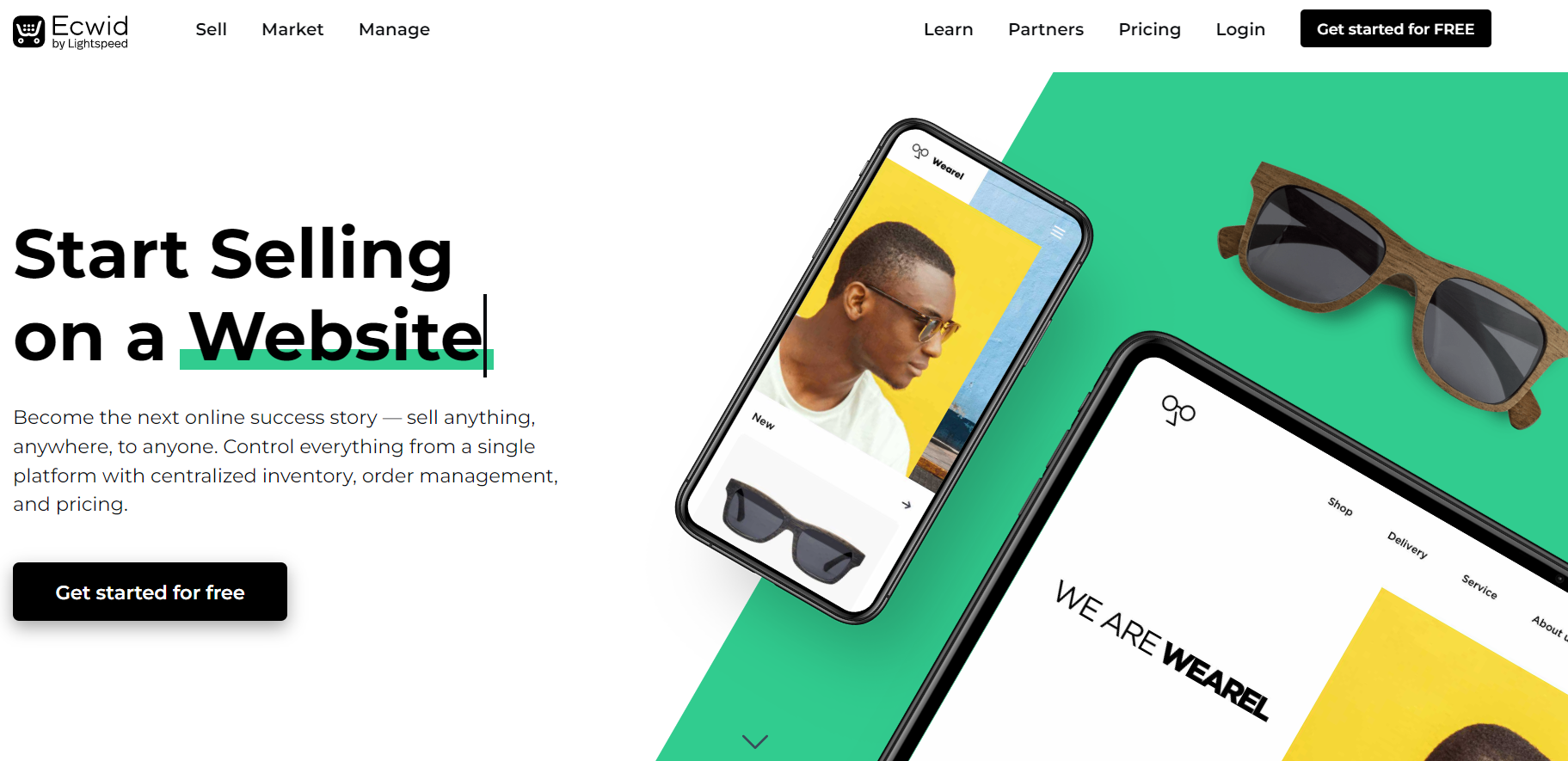




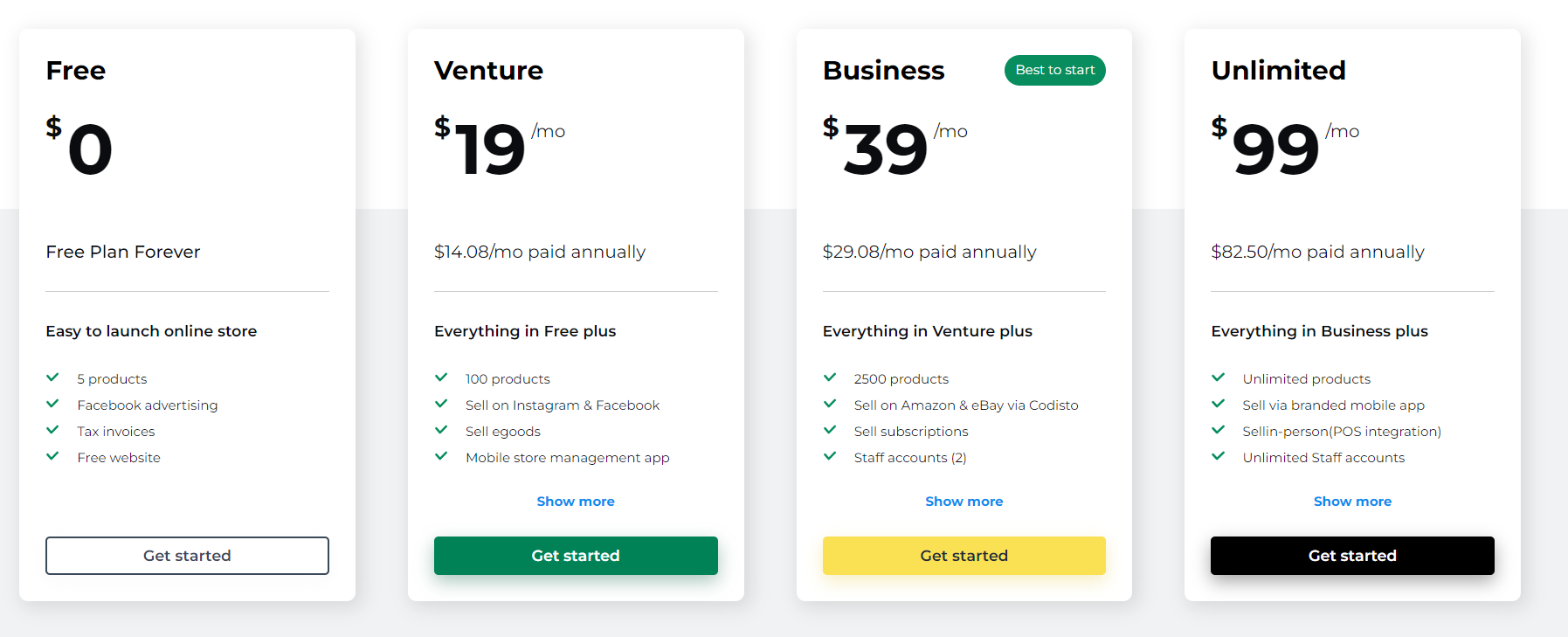
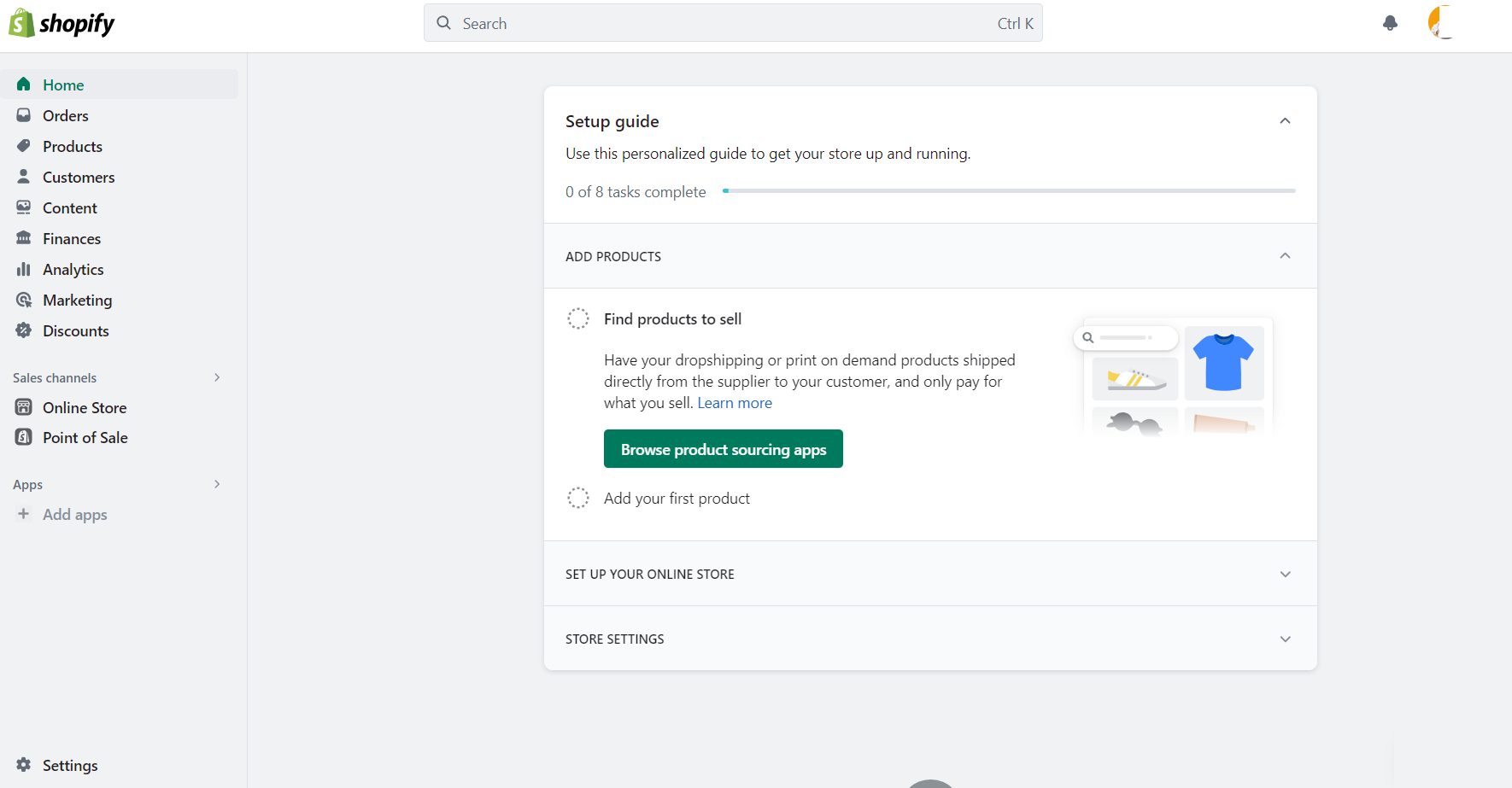
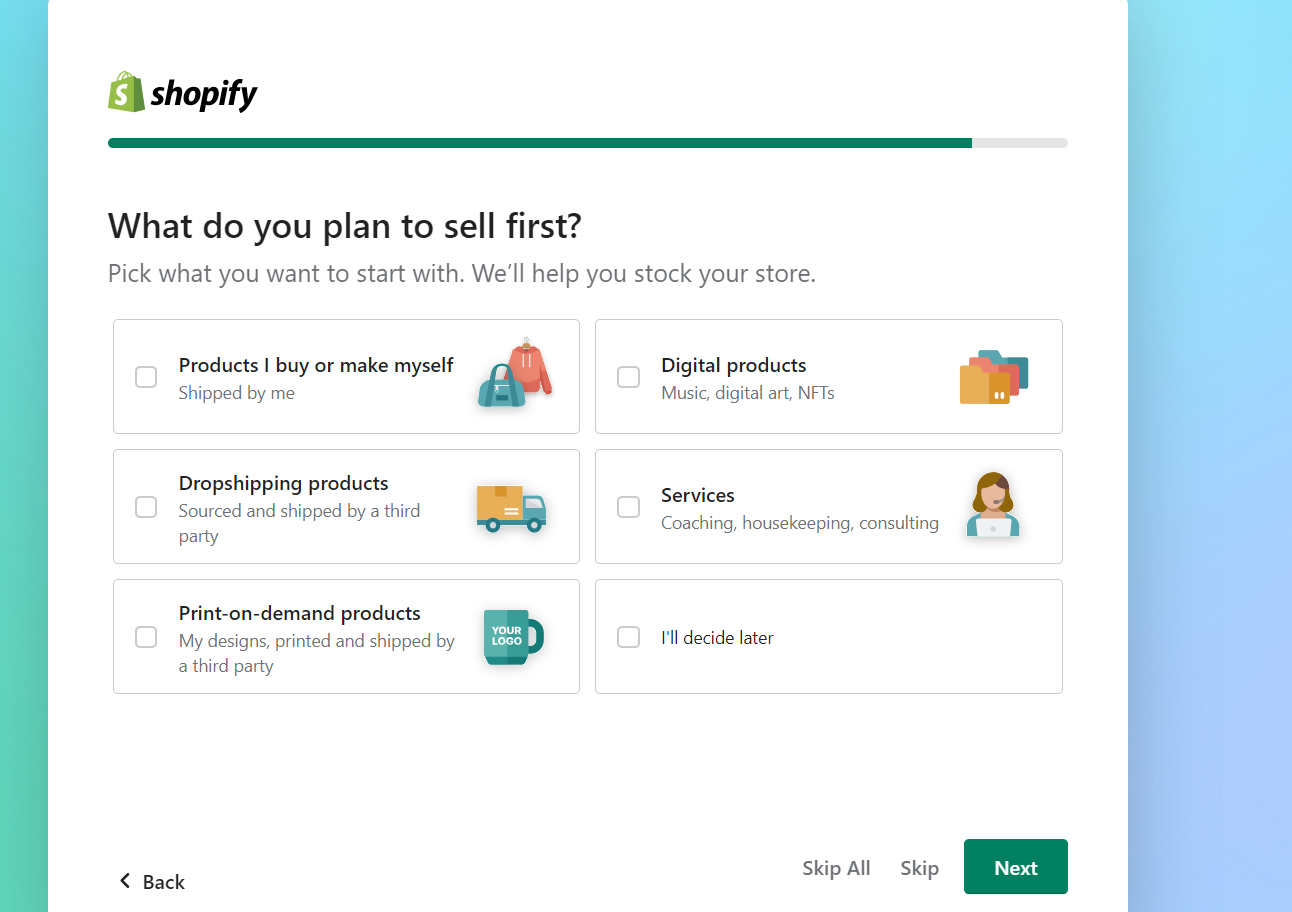
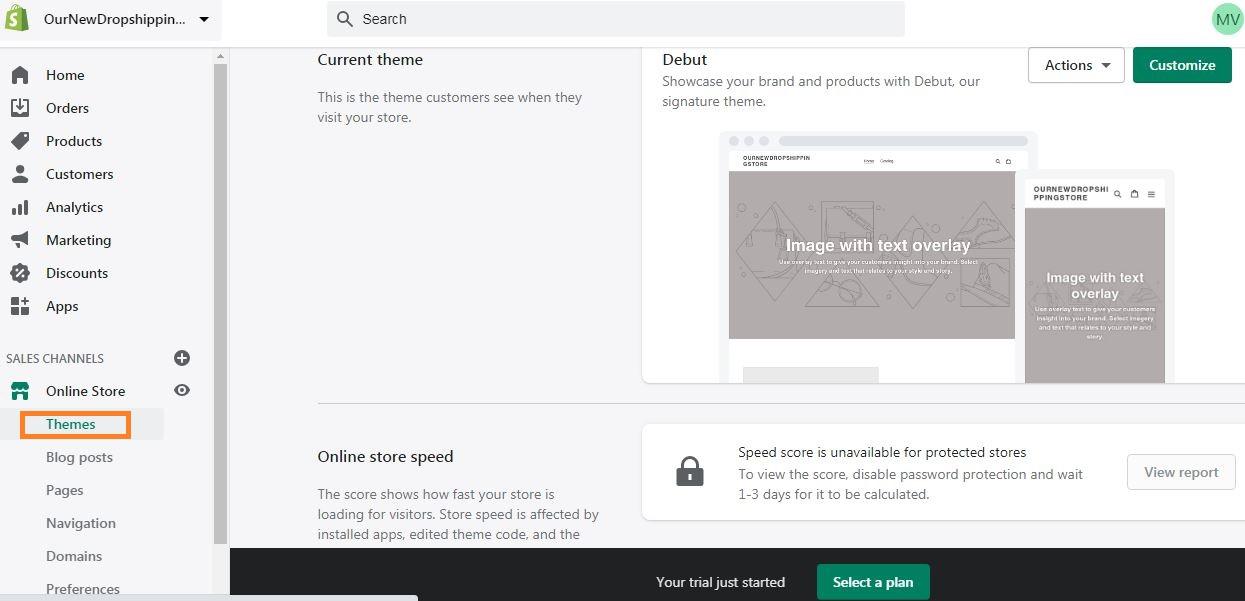
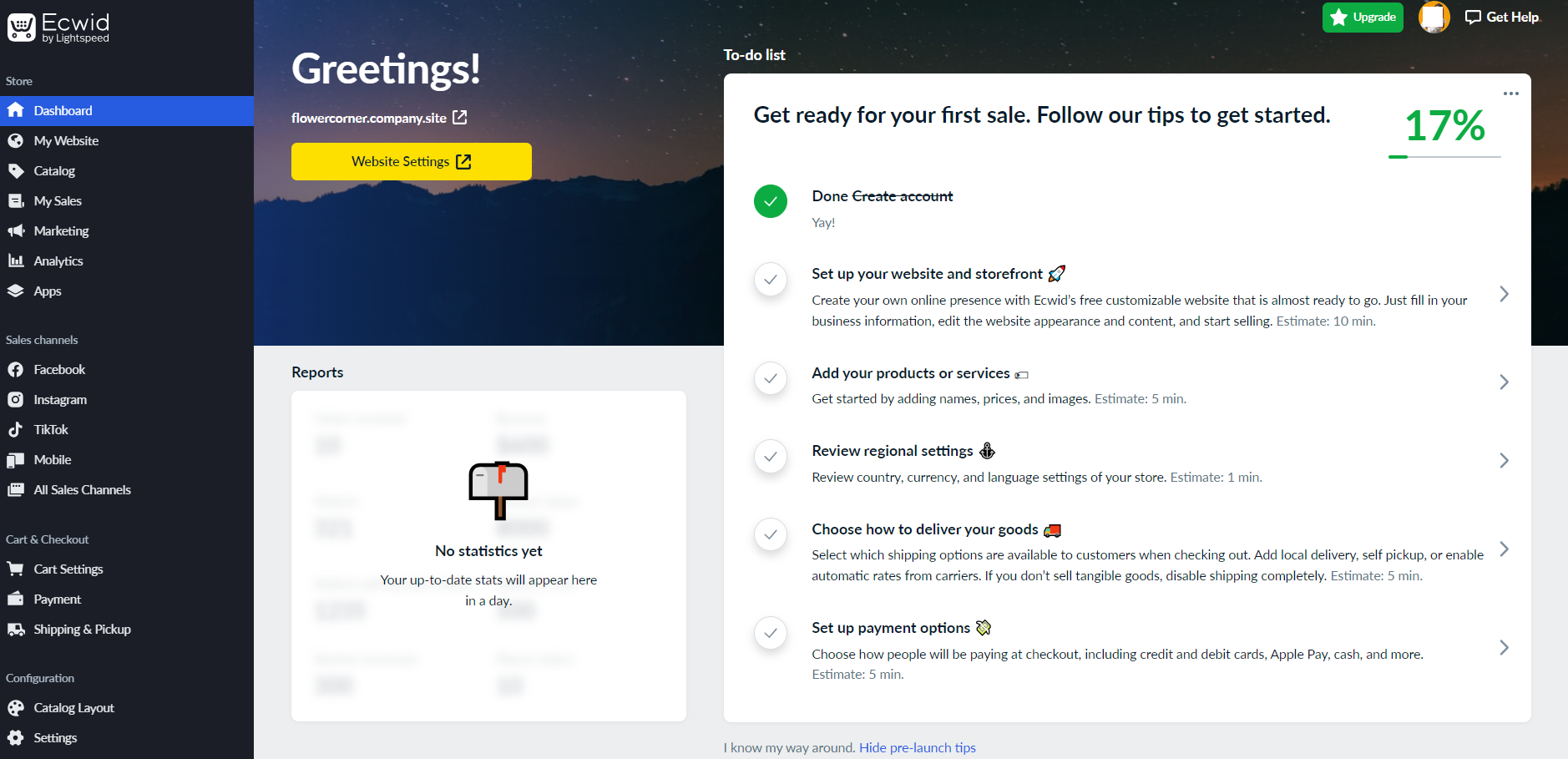
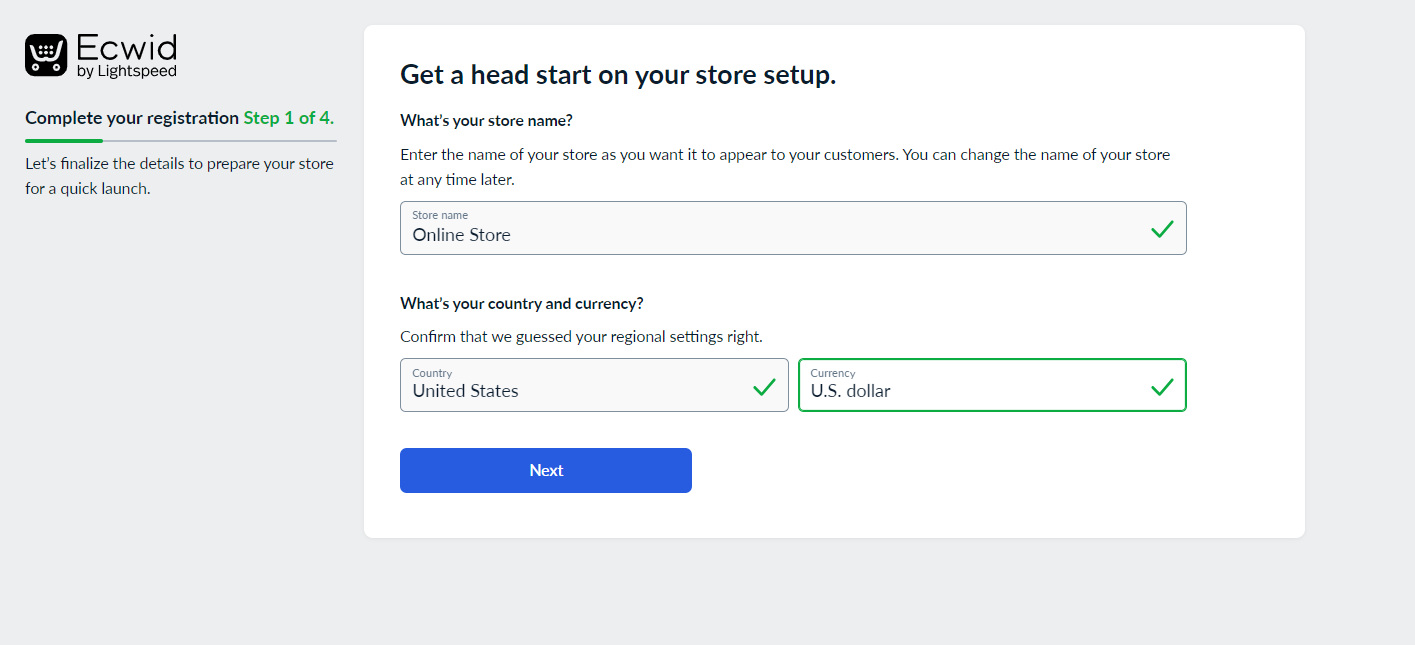
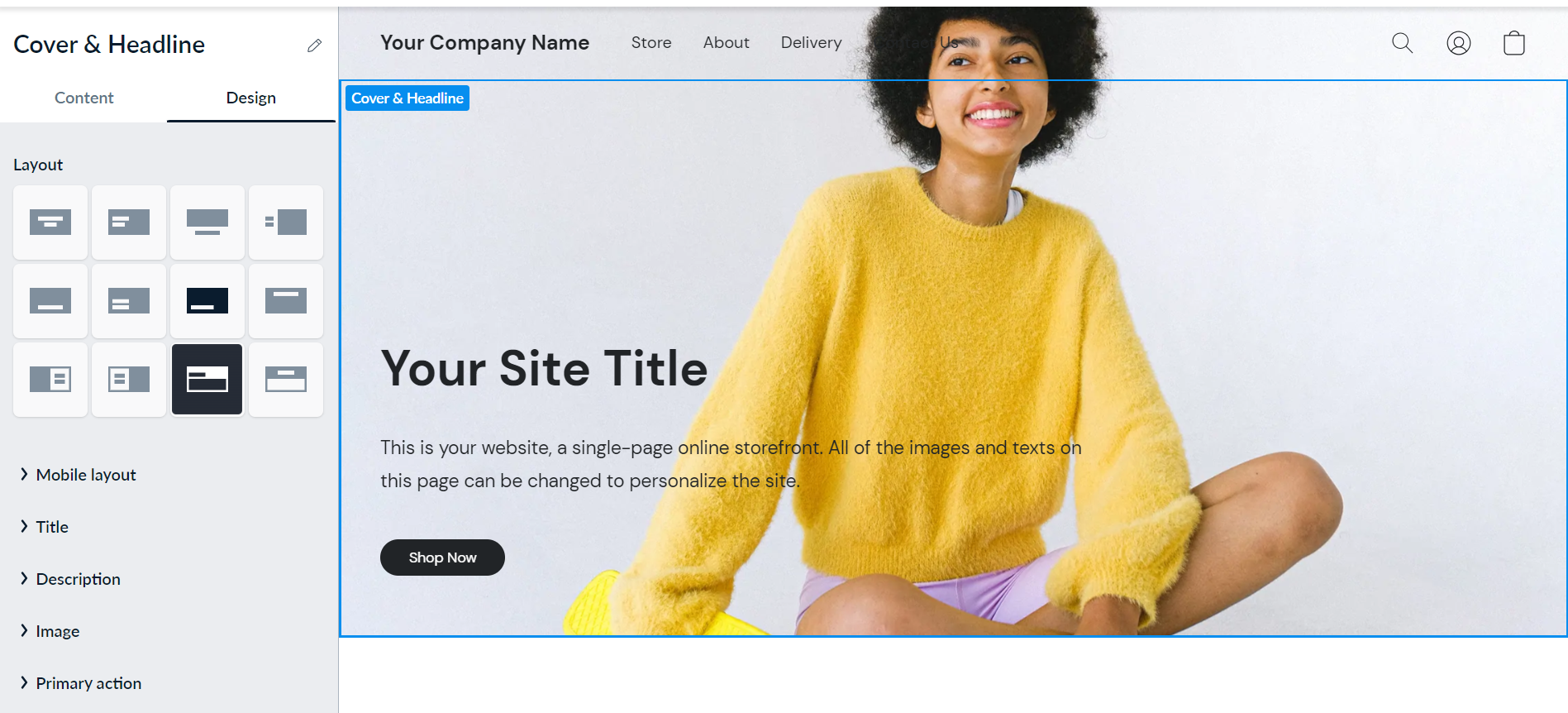
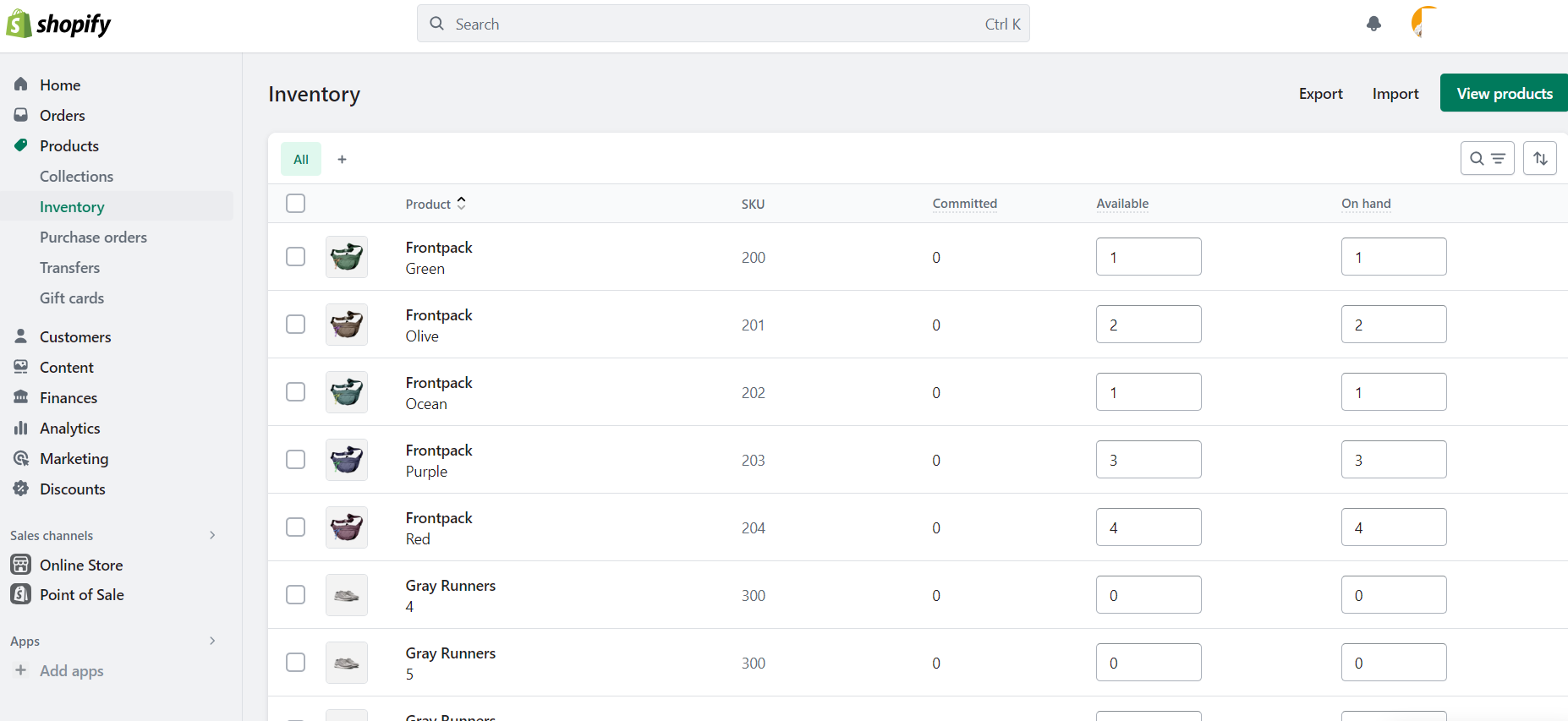
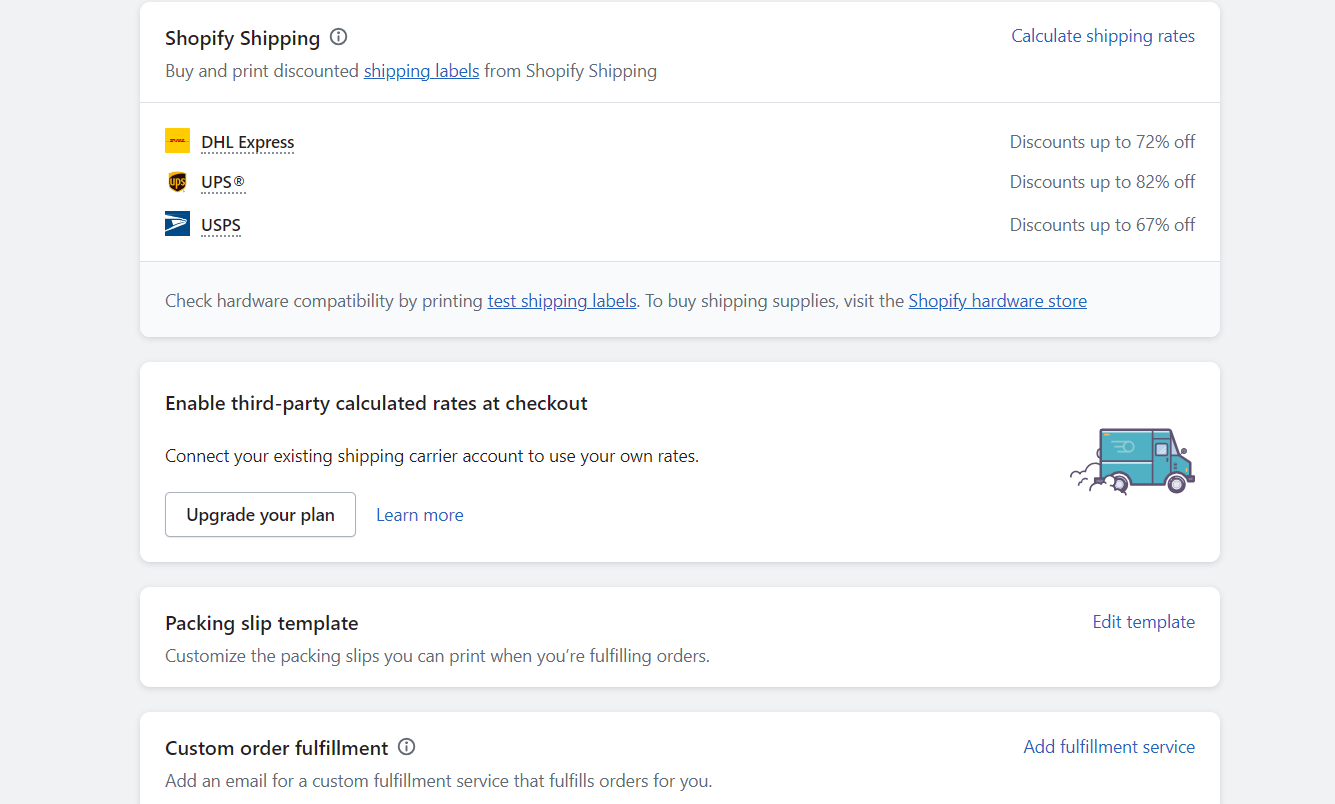
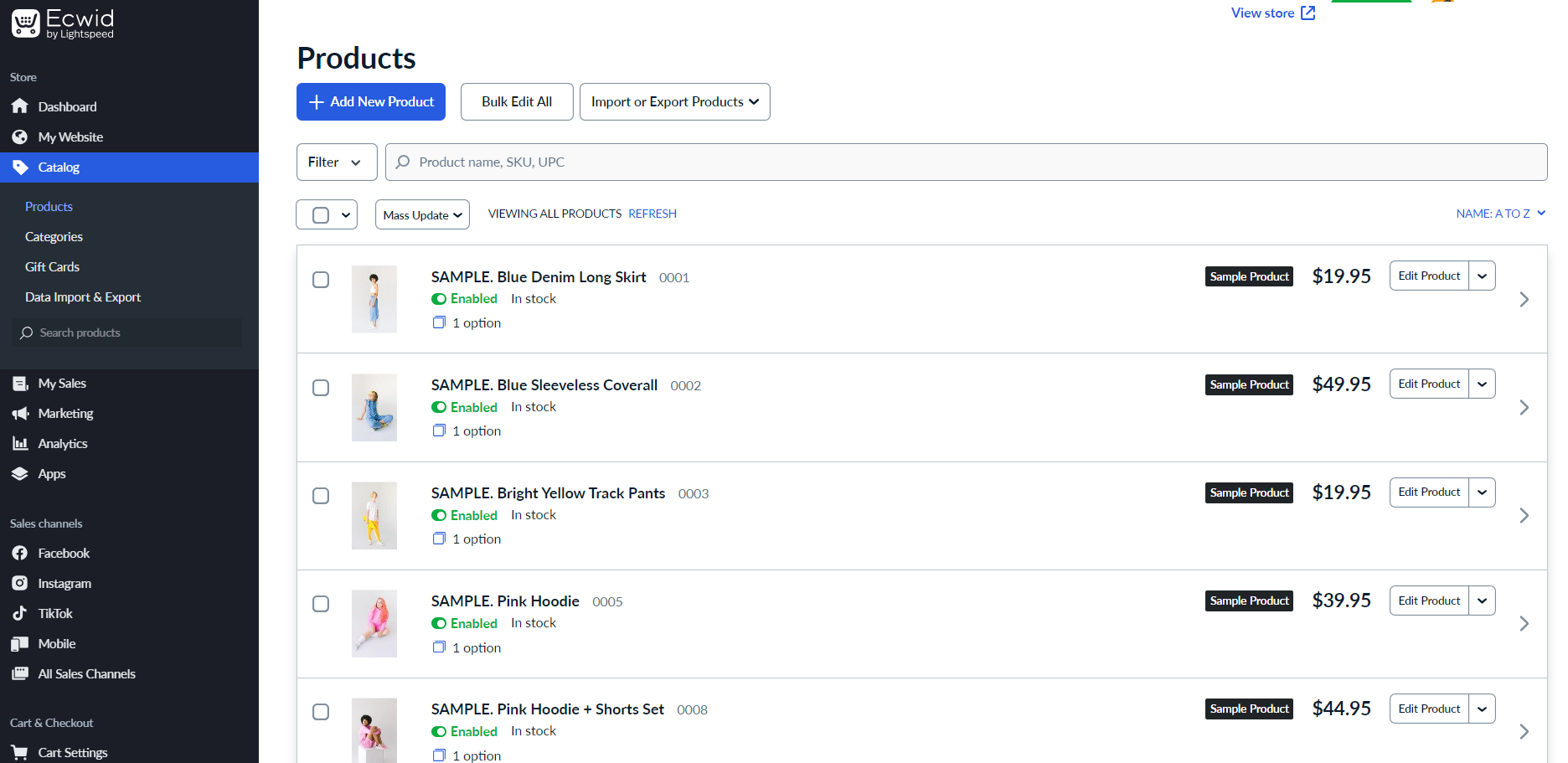
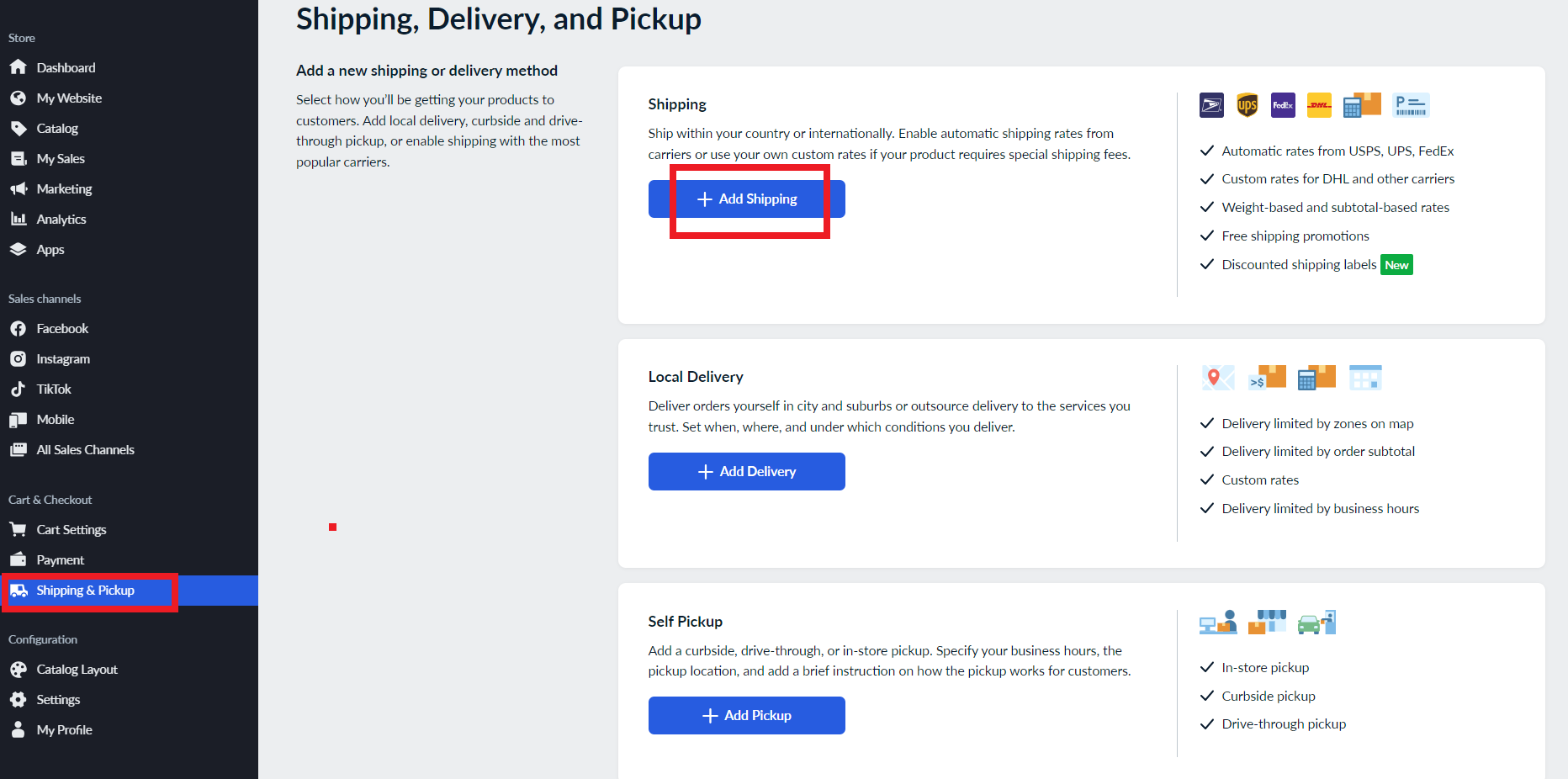
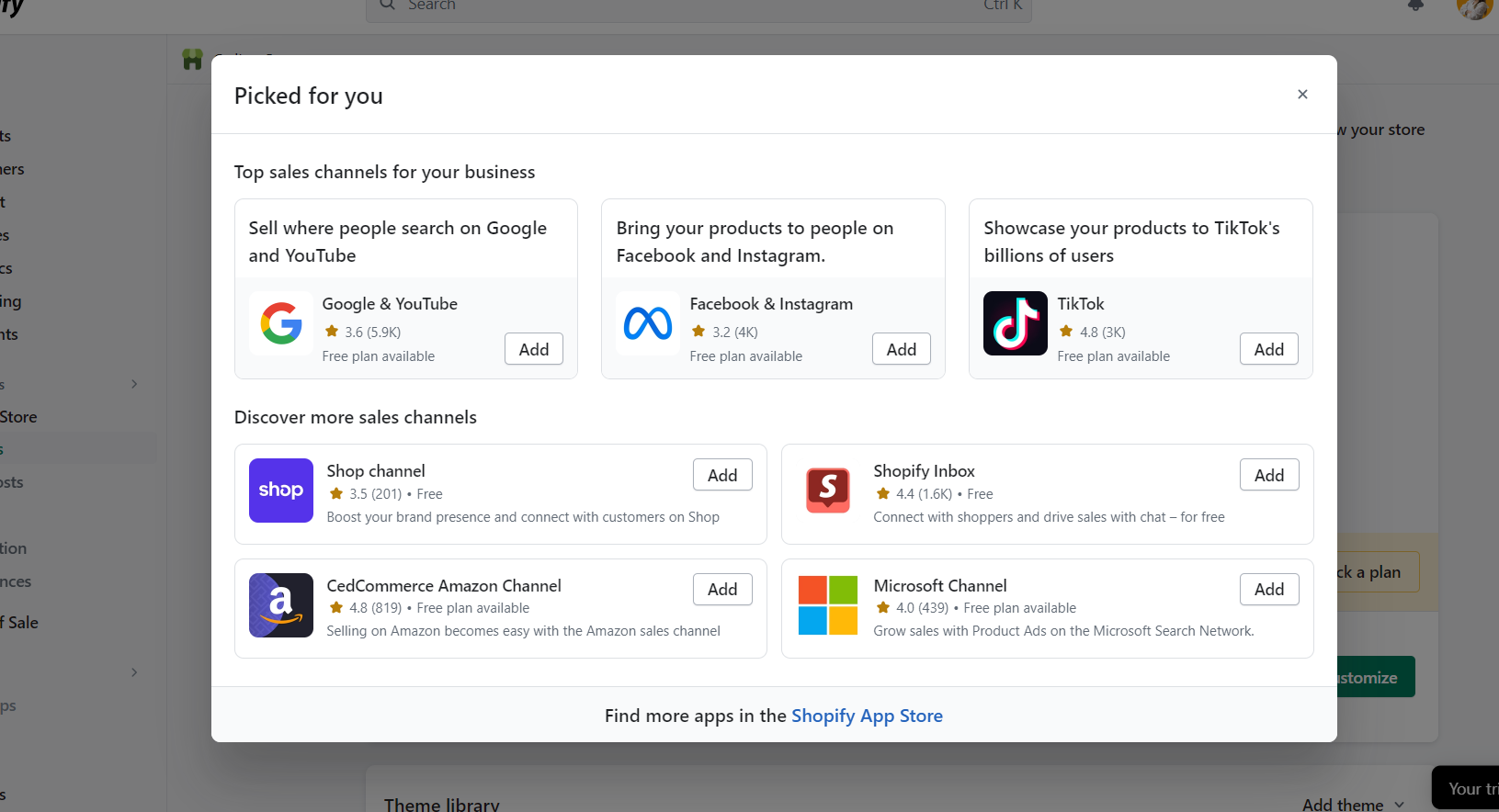
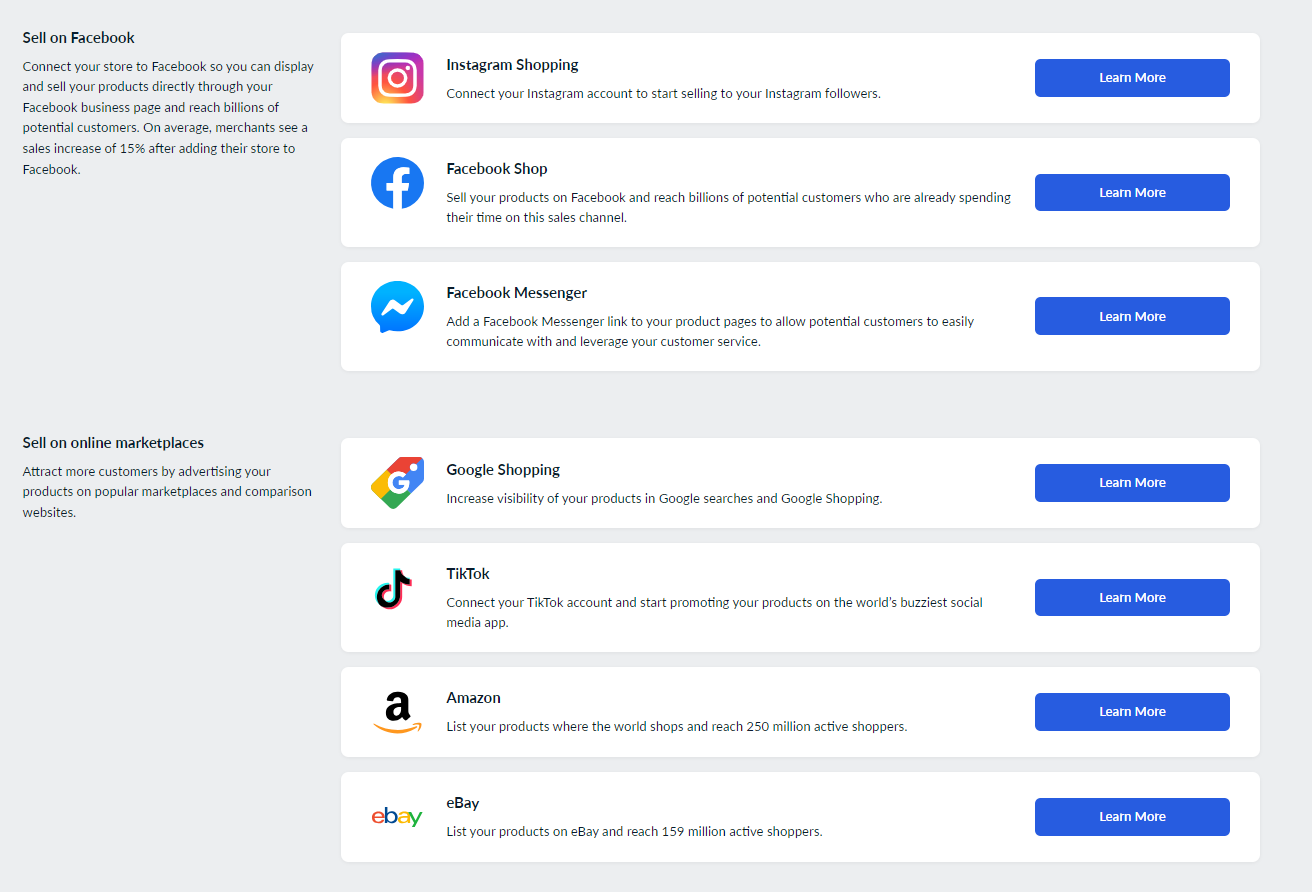
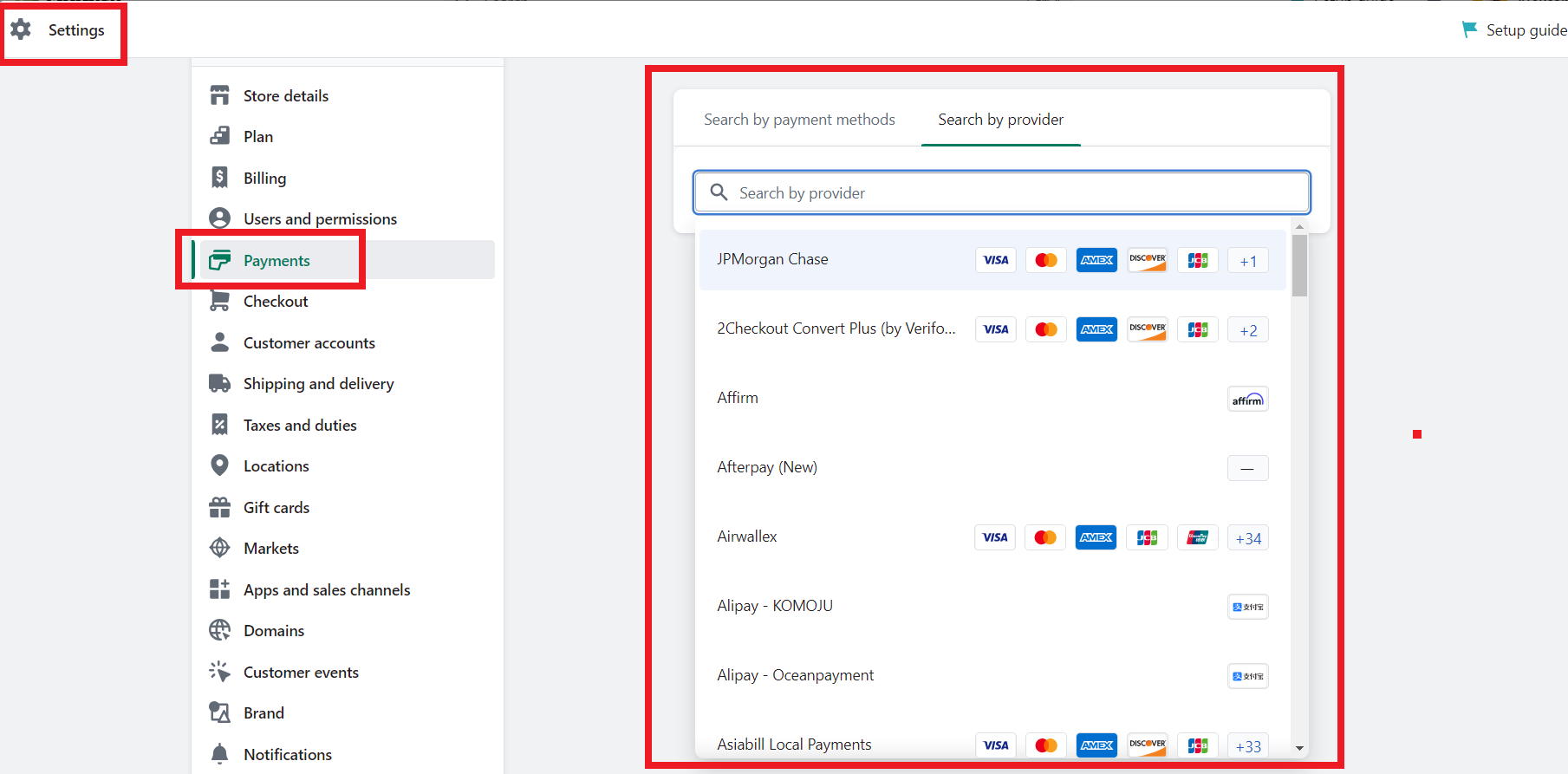

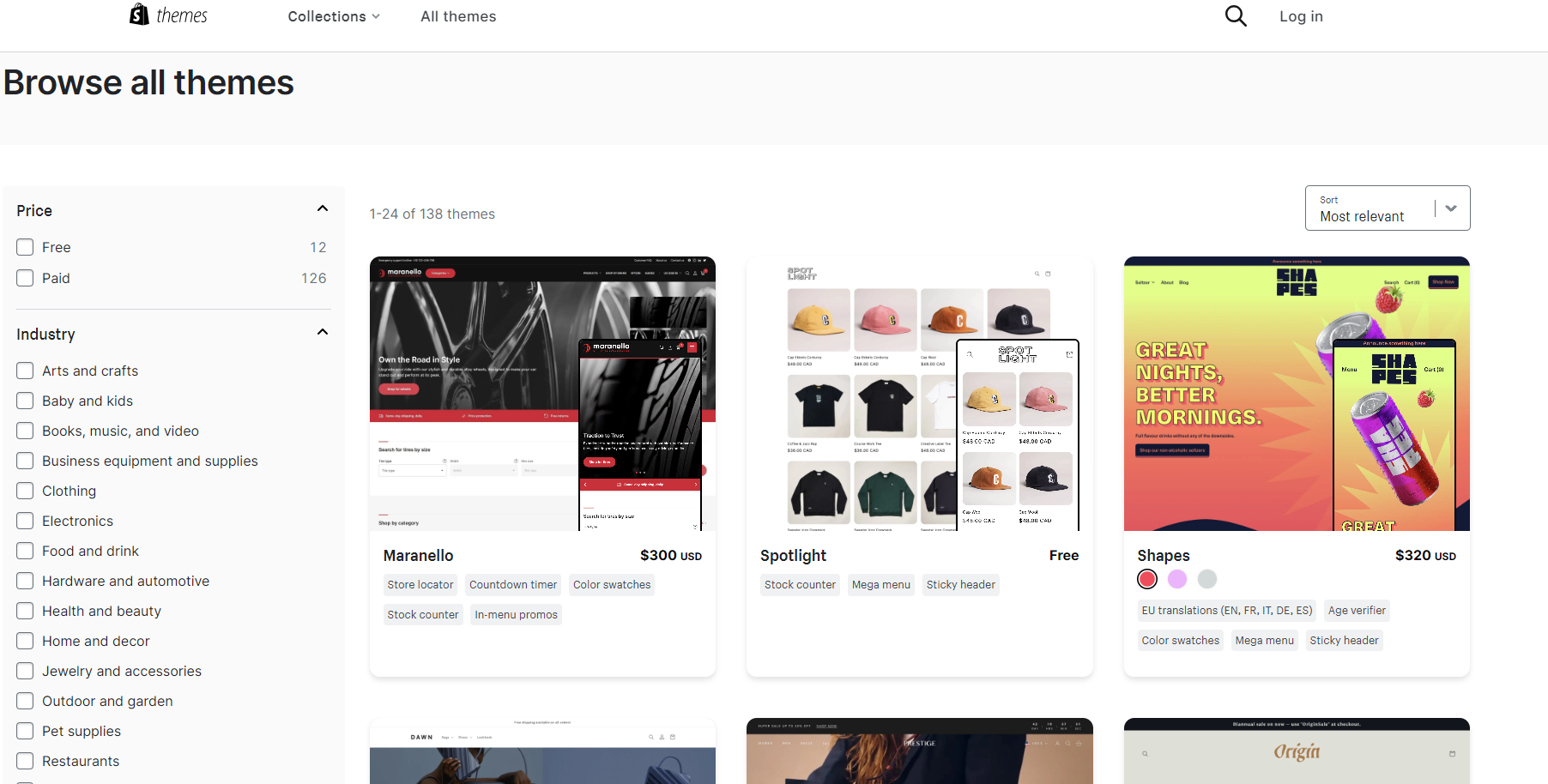
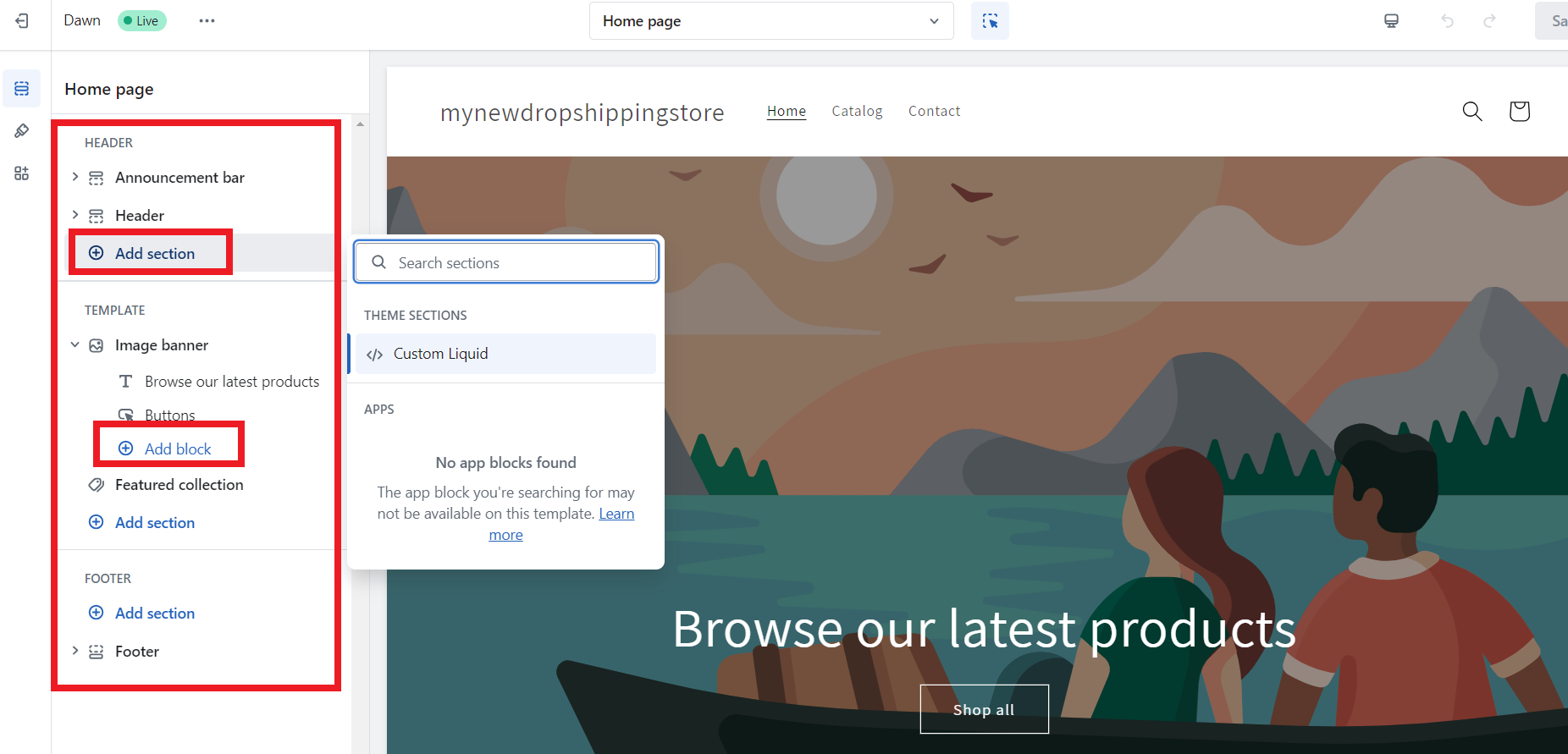
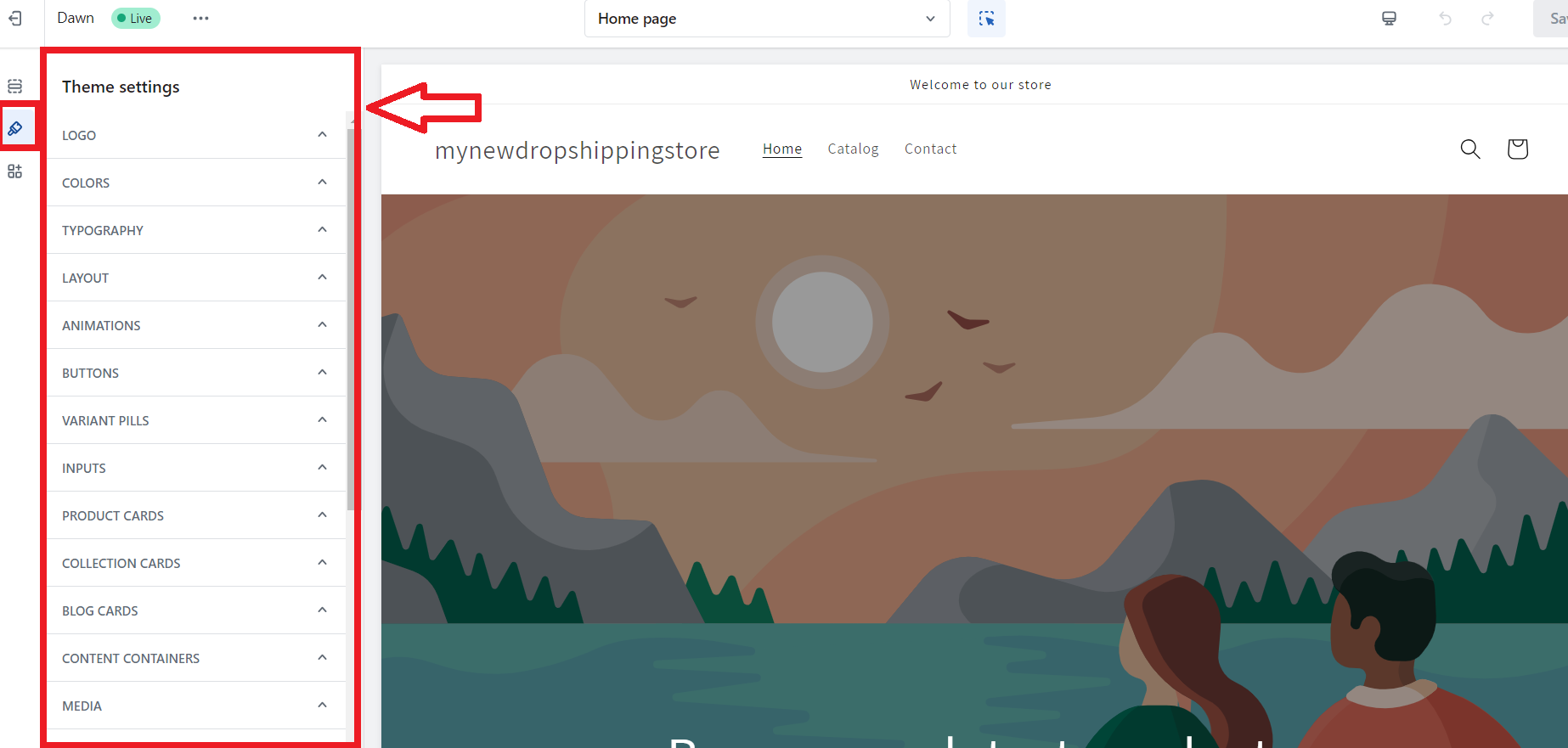
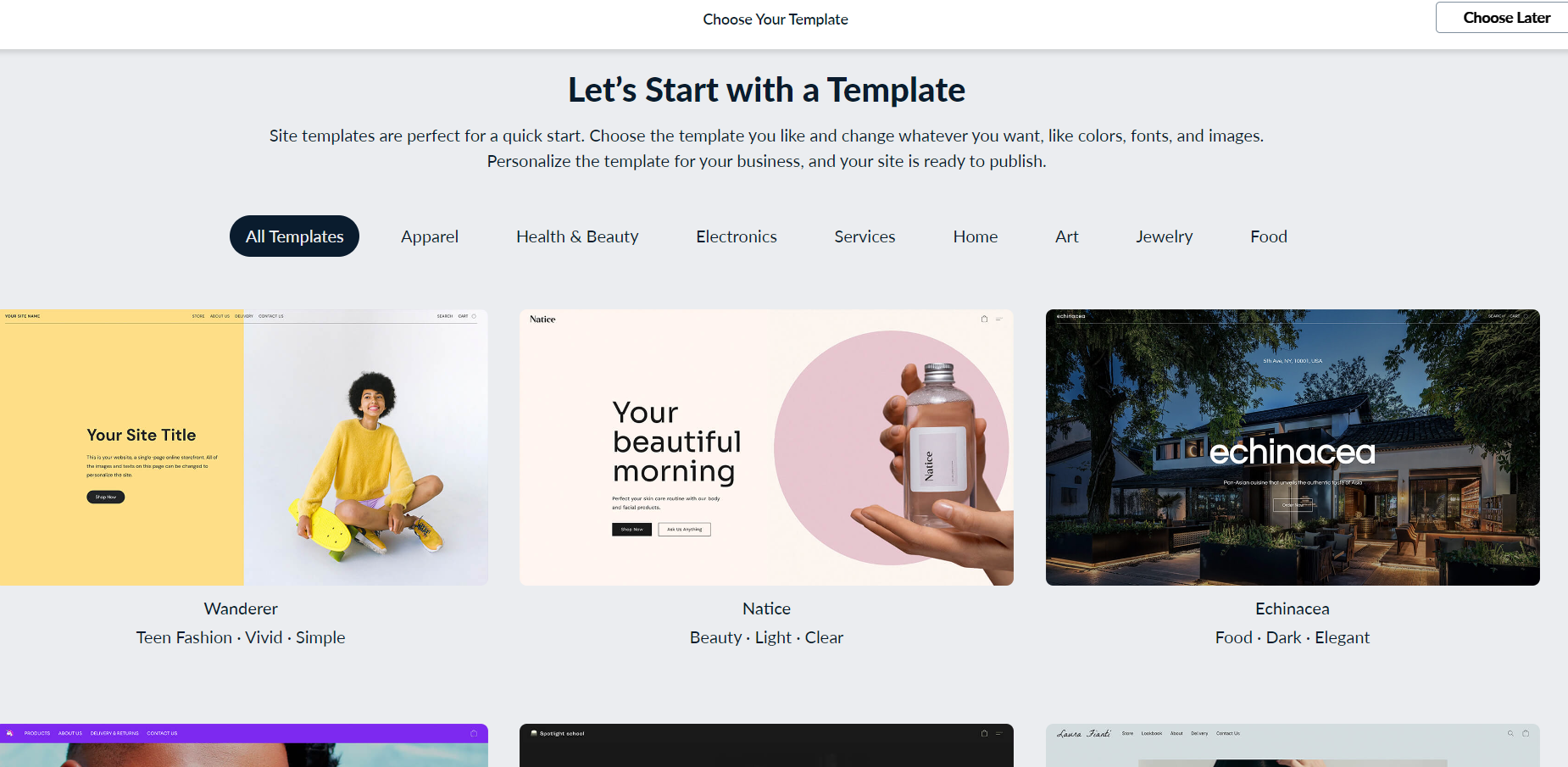
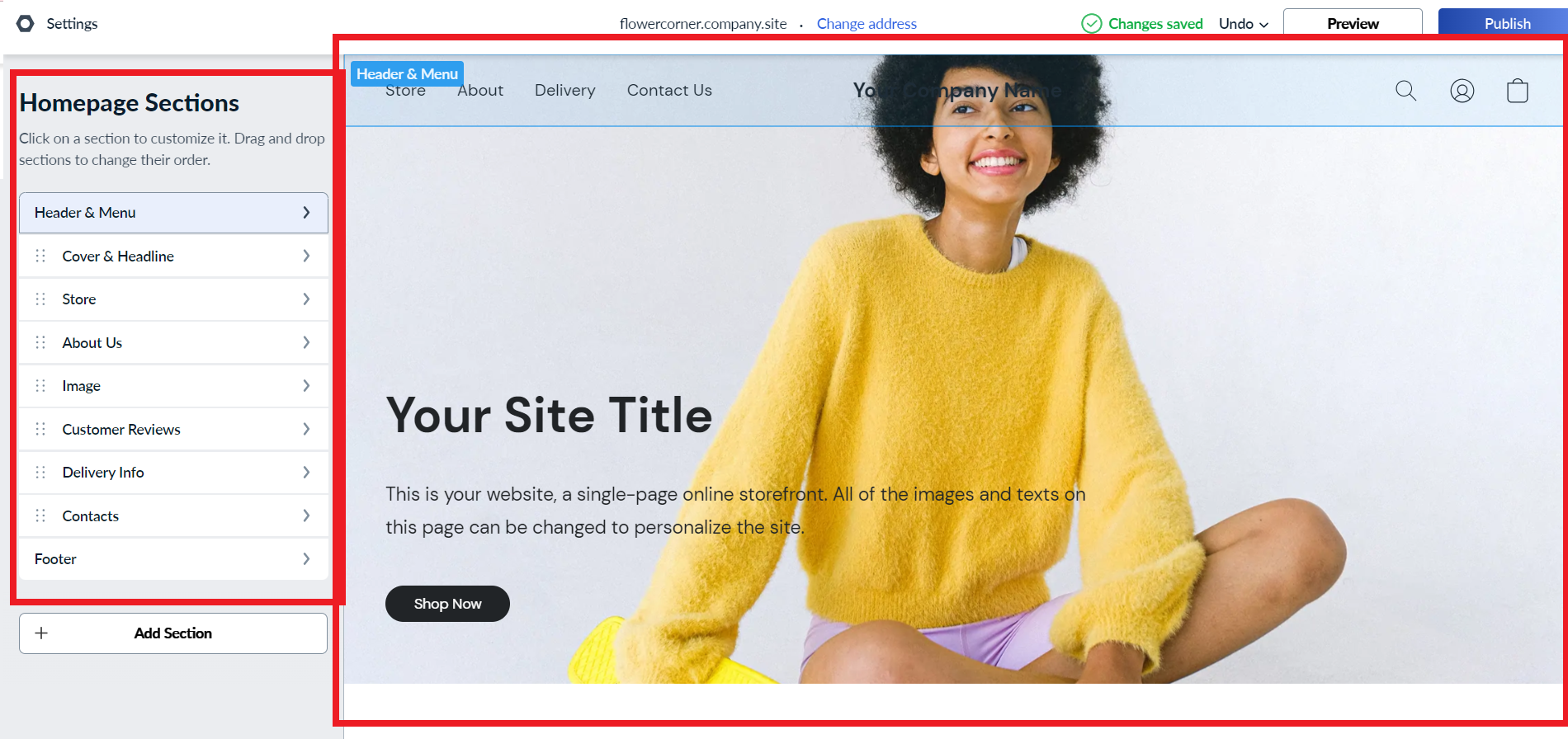
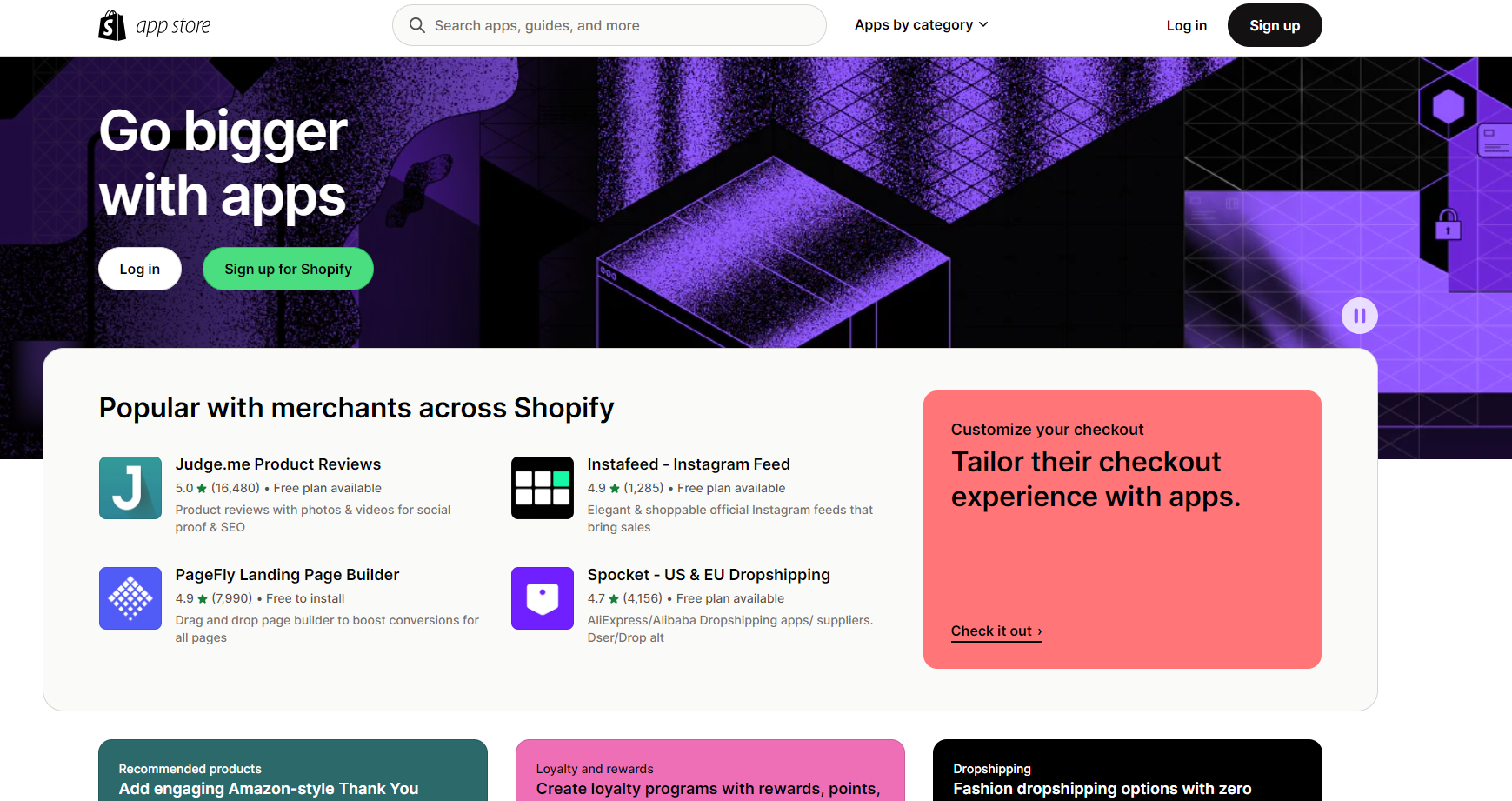
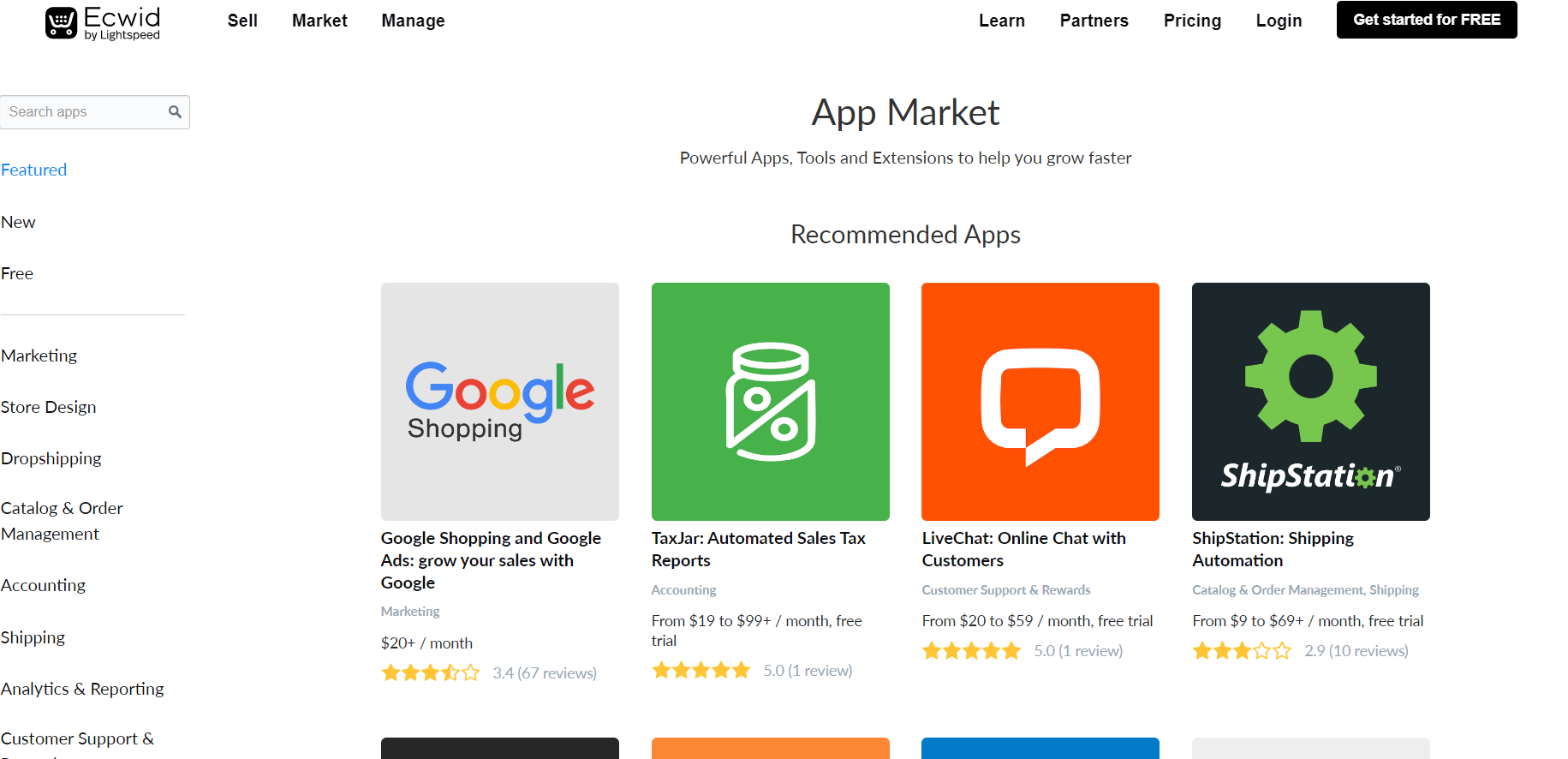
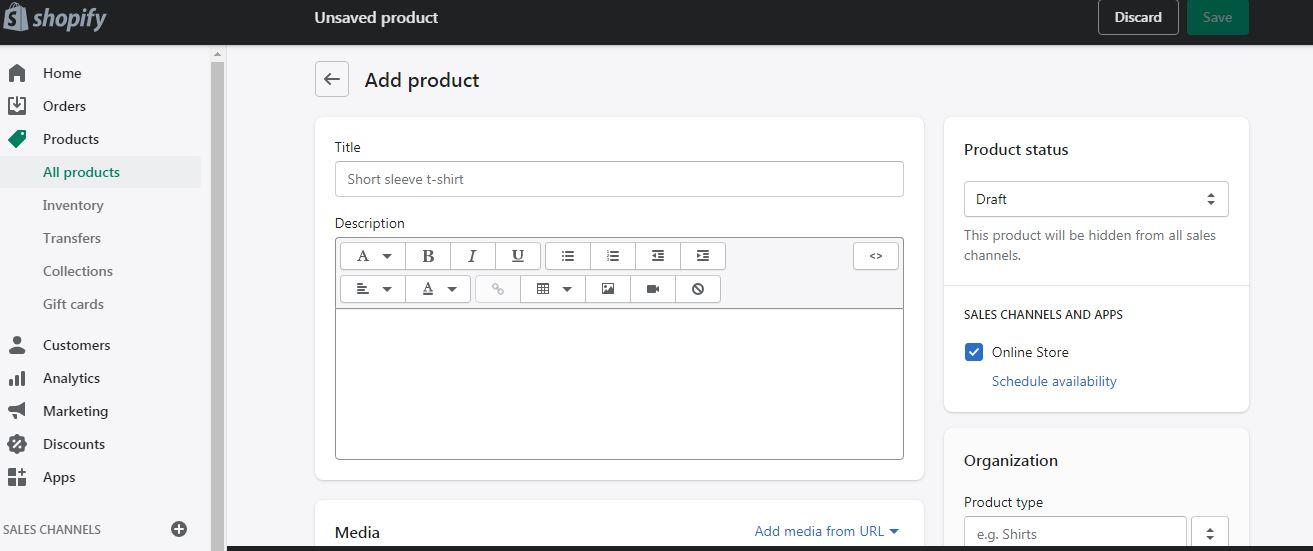
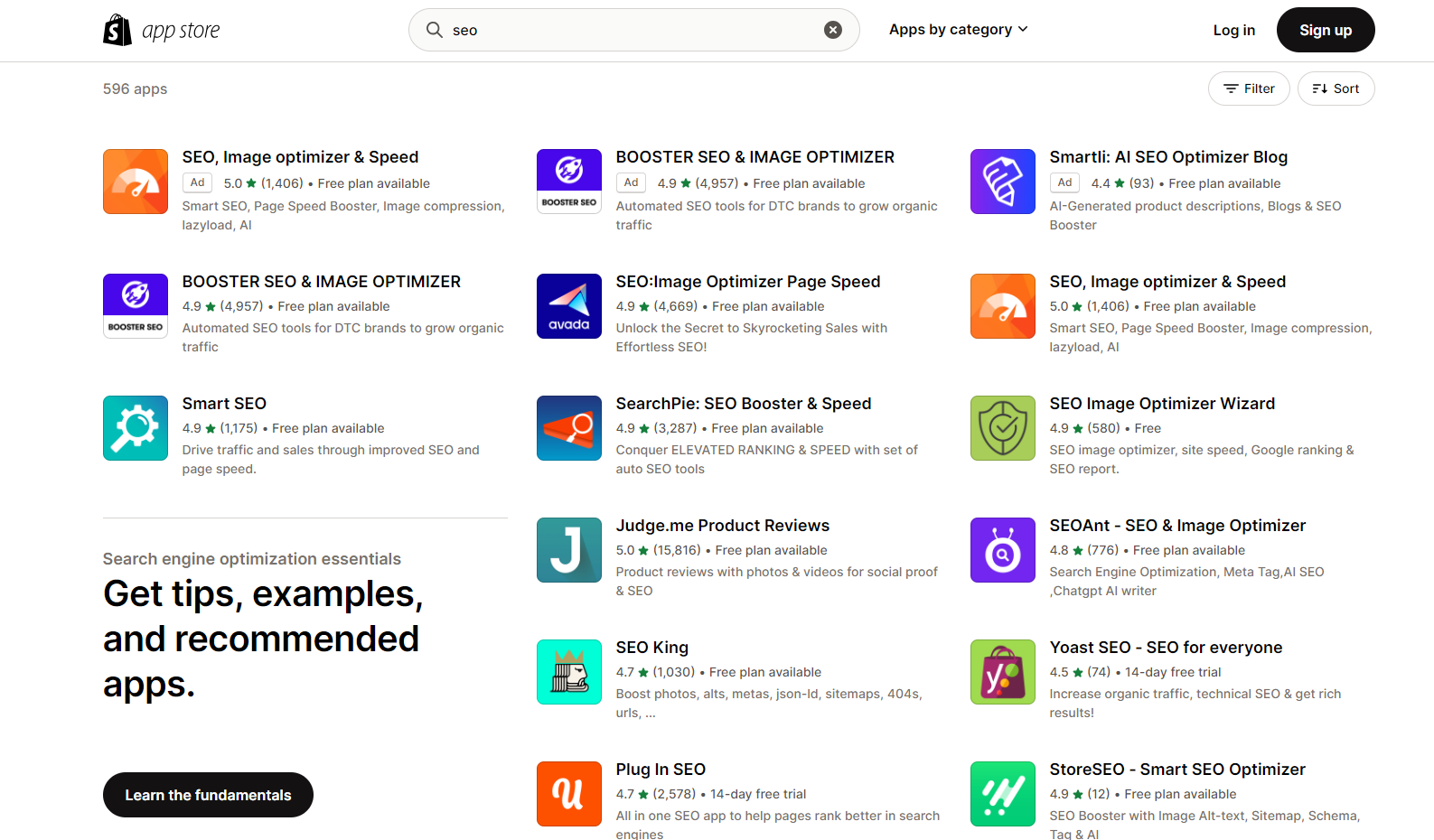
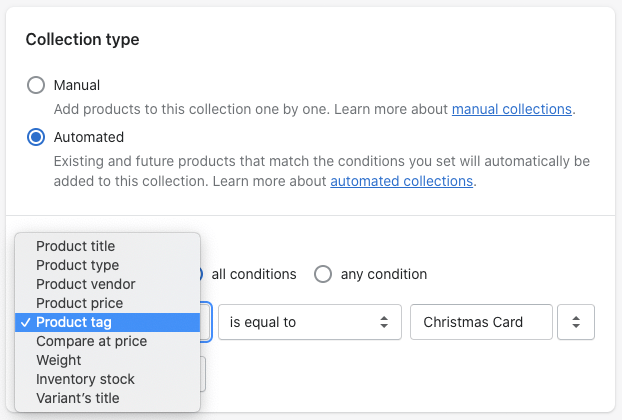
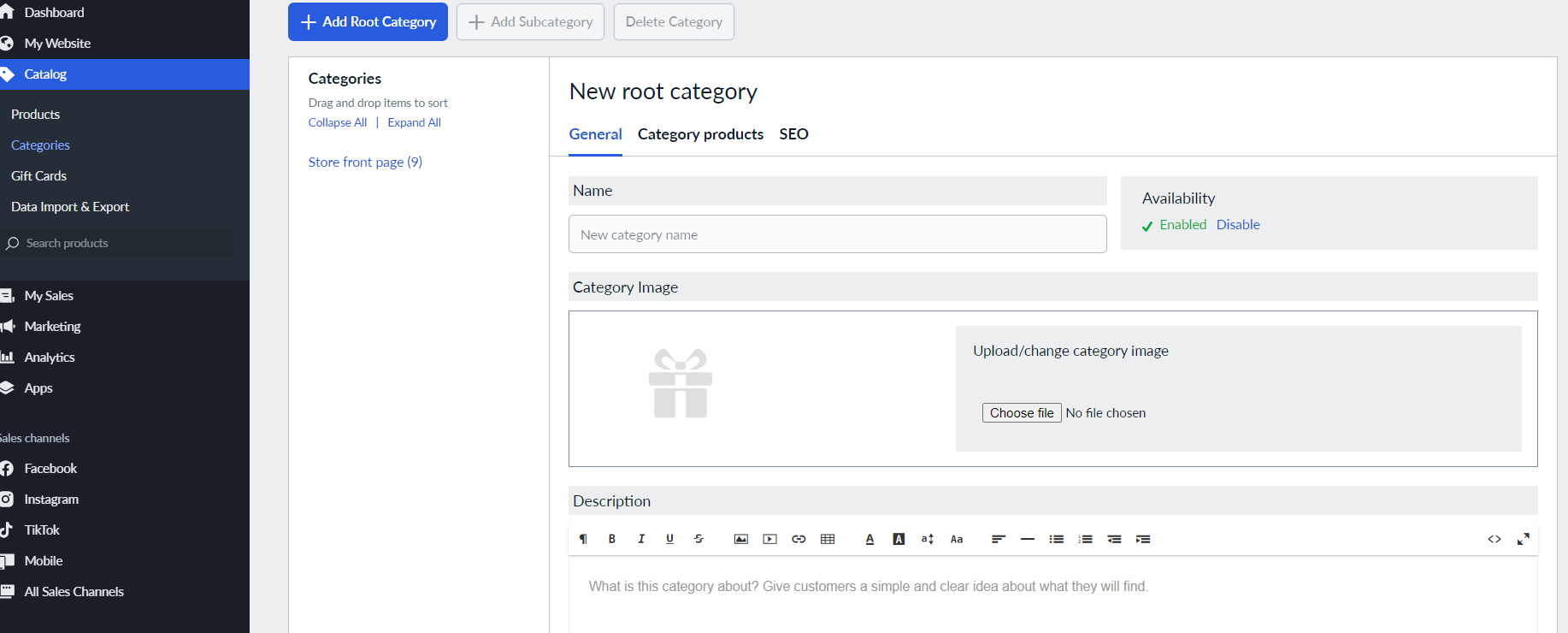
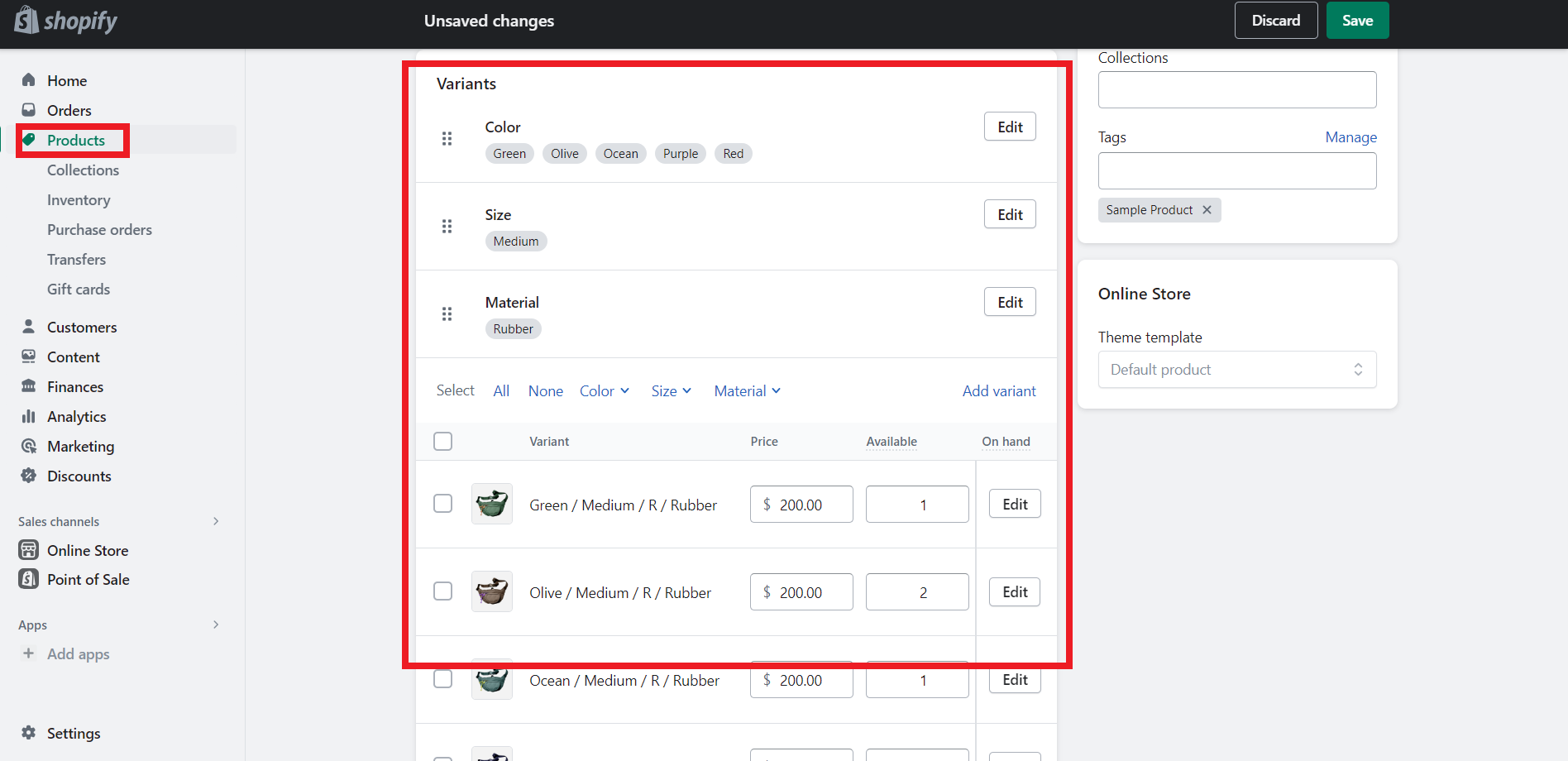
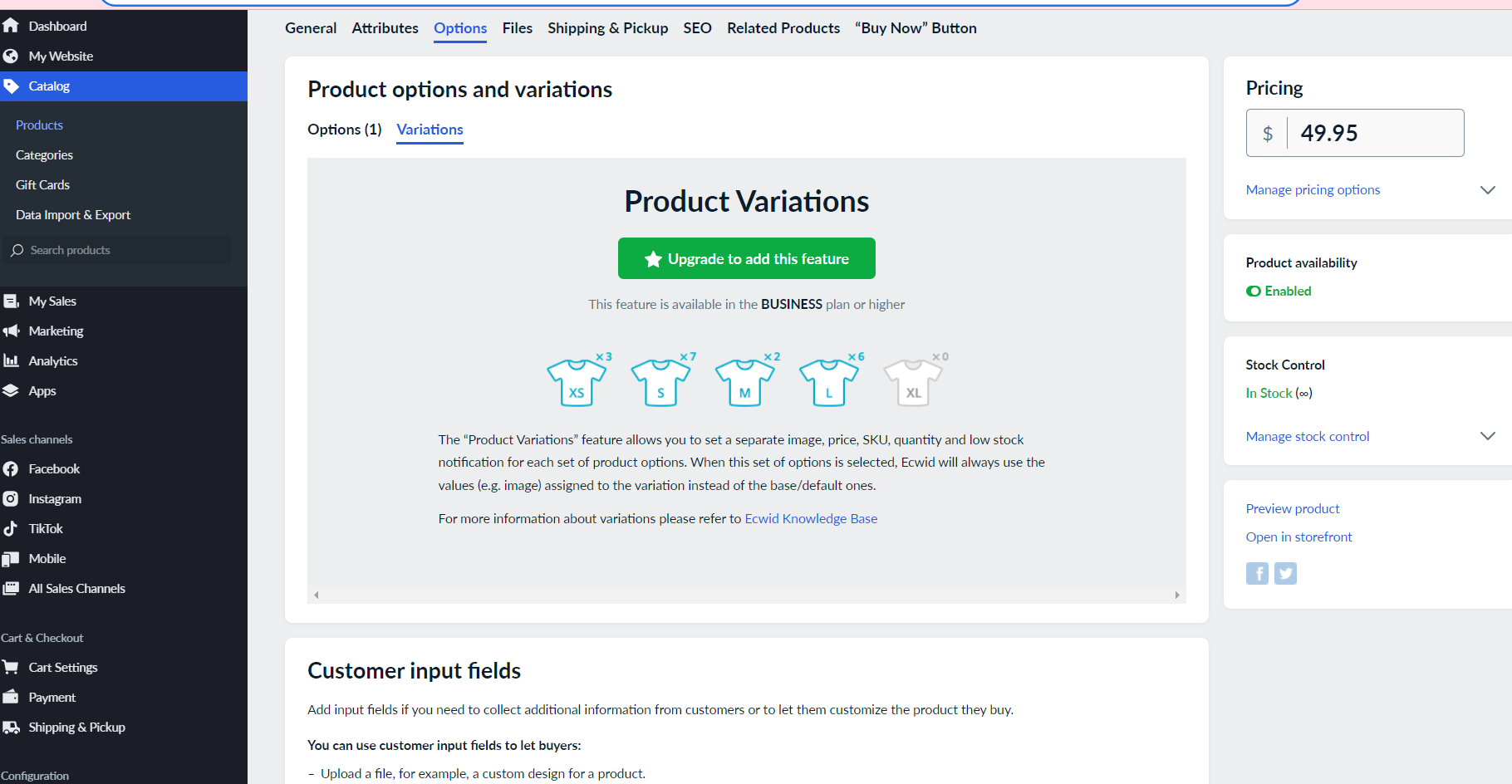
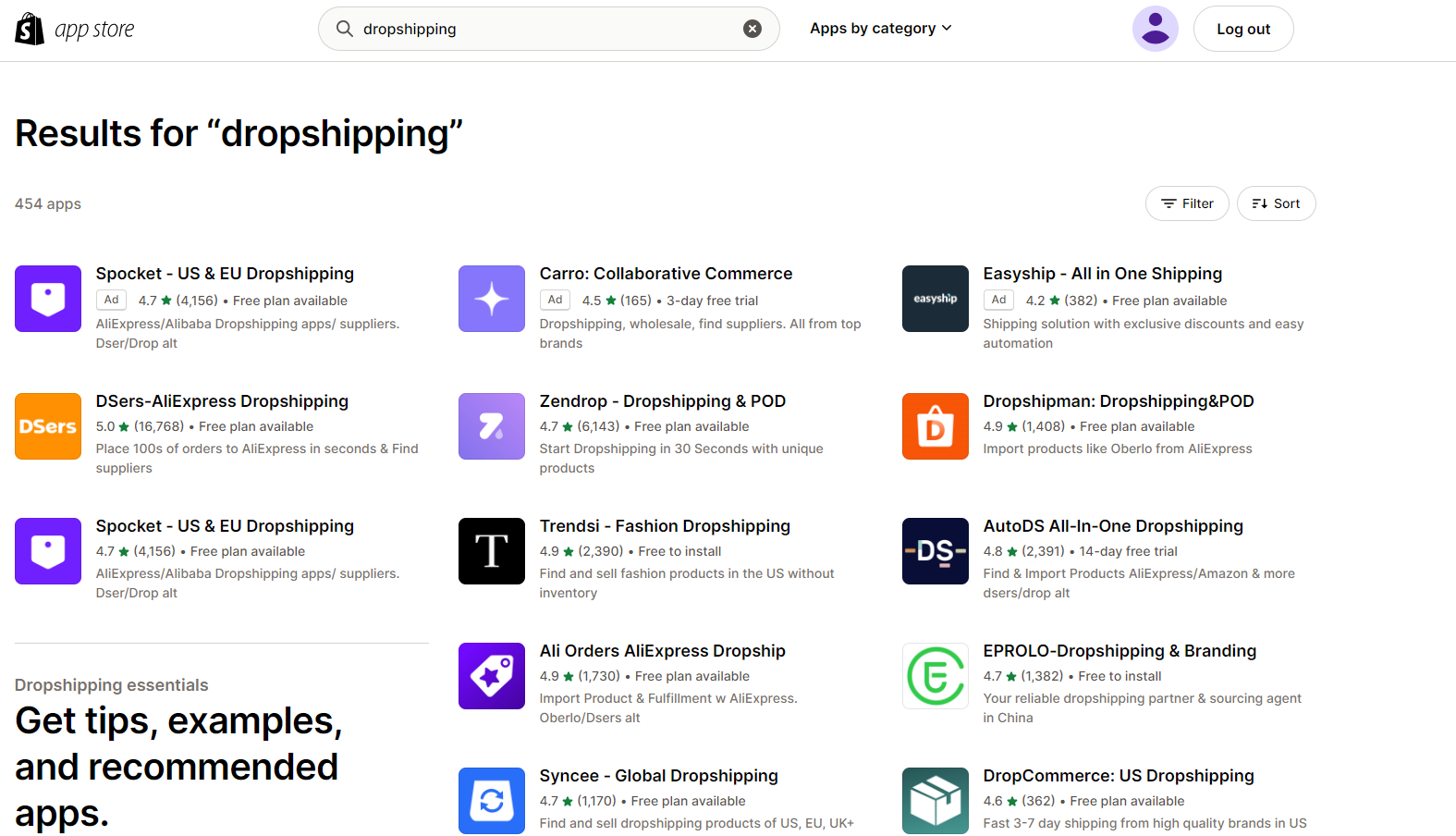













![The Top 21 3PL Companies Compared [2025 List & Guide]](https://images.weserv.nl/?url=https://prod-dropshipping-s3.s3.fr-par.scw.cloud/2024/03/Frame-3922469.jpg&w=420&q=90&output=webp)